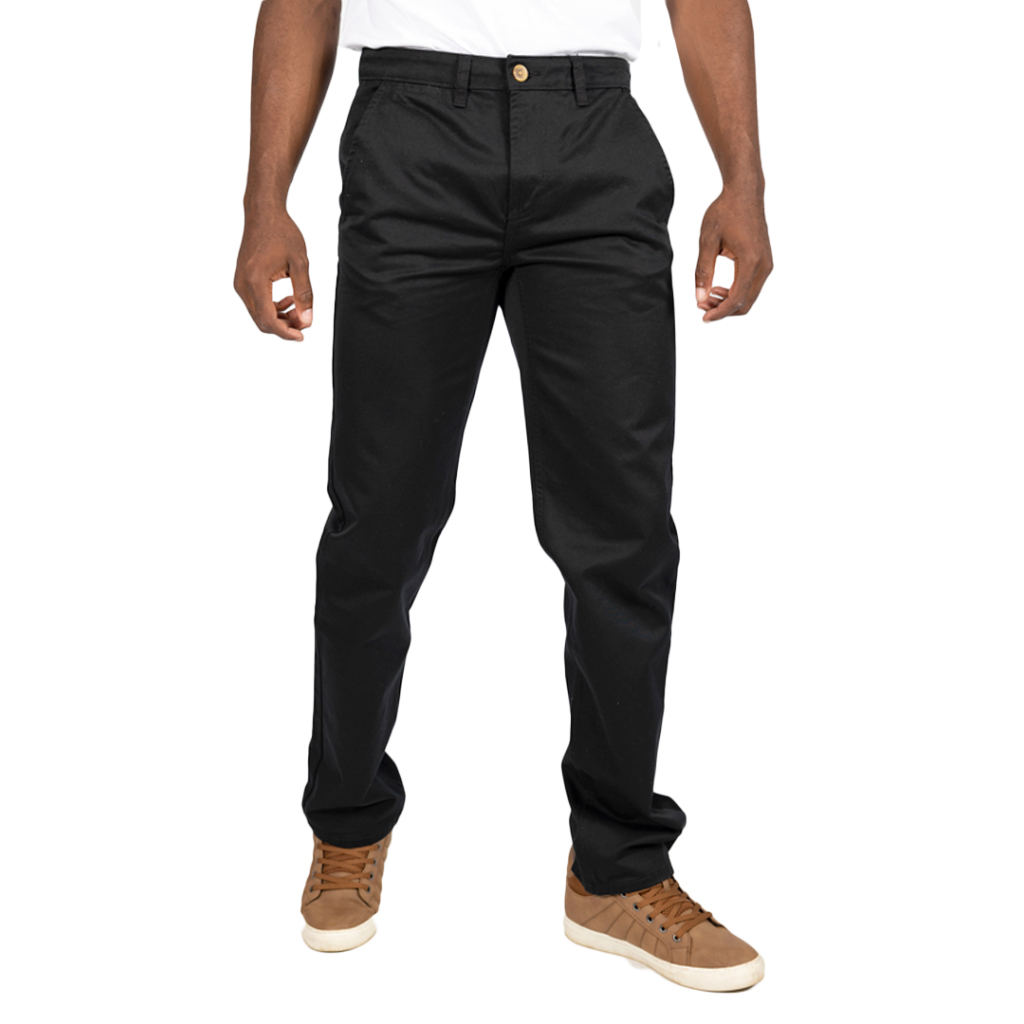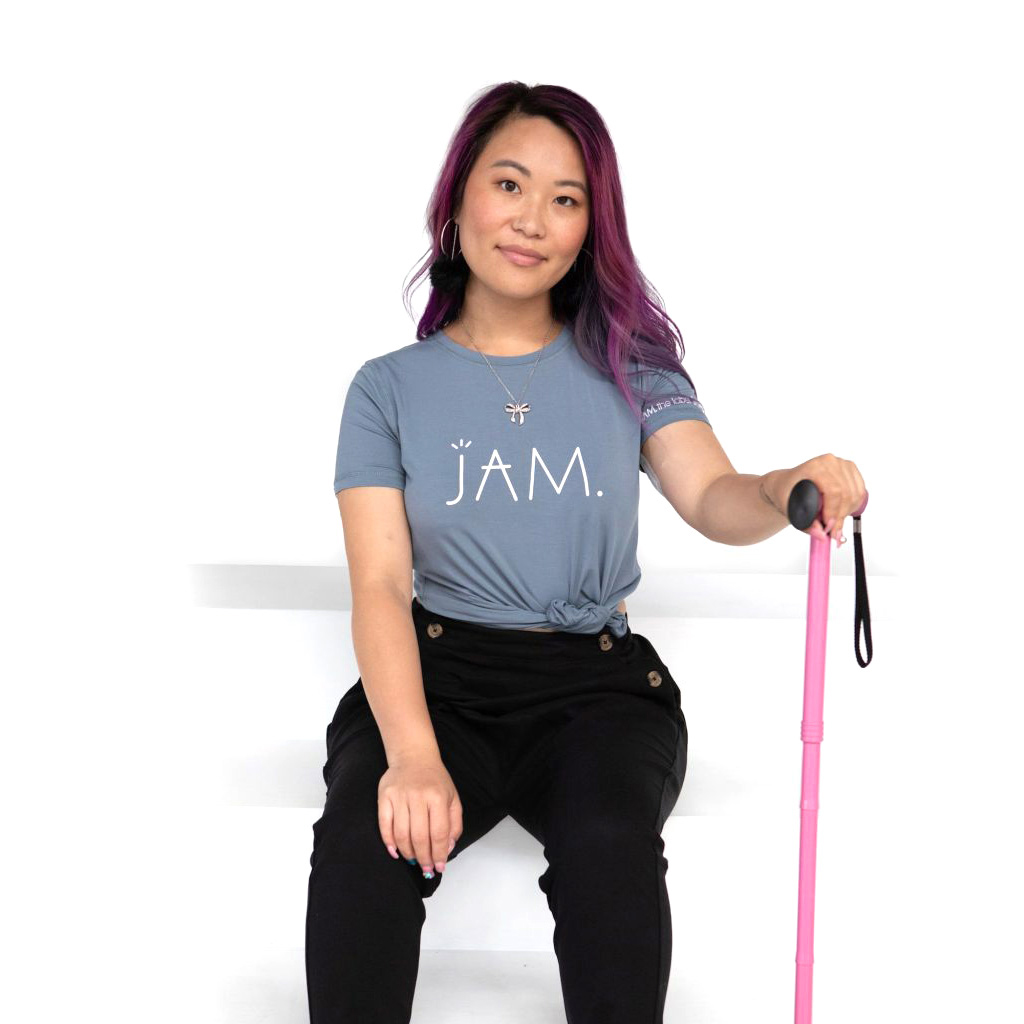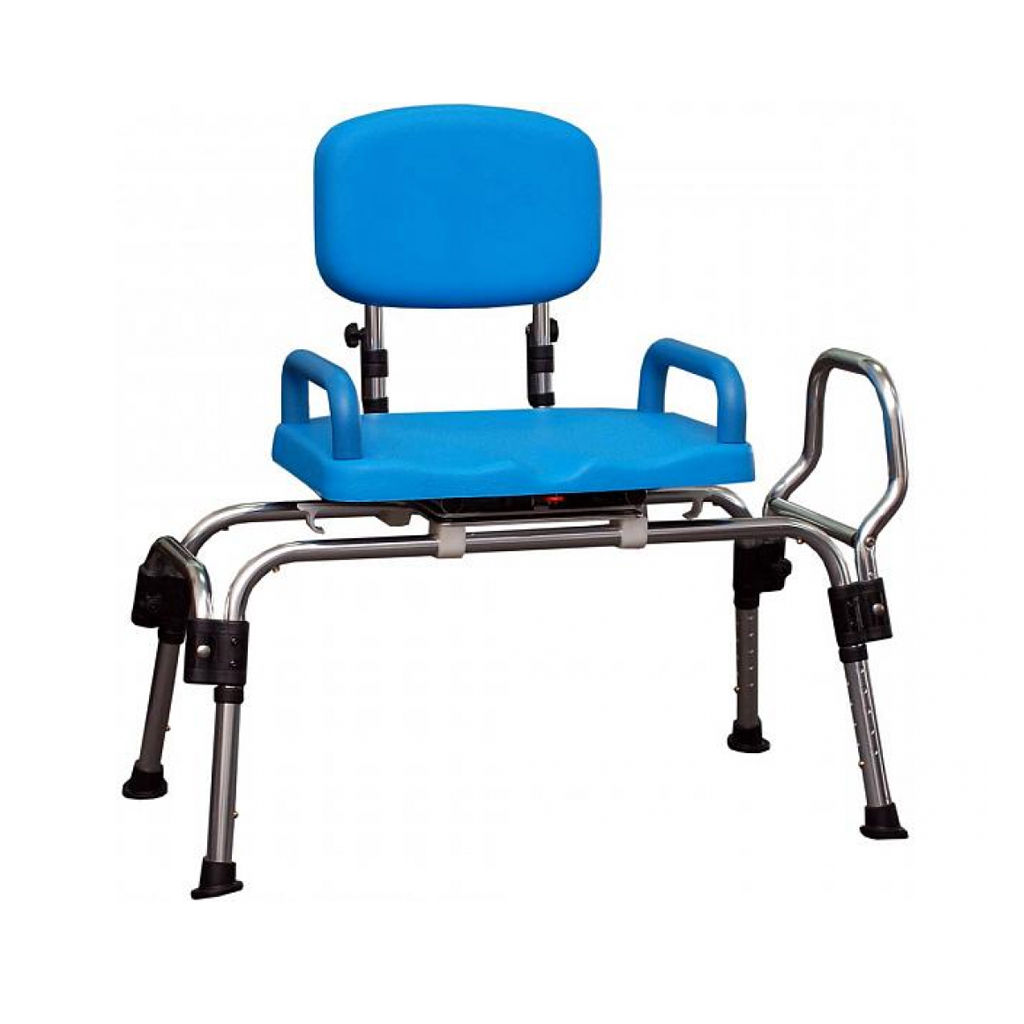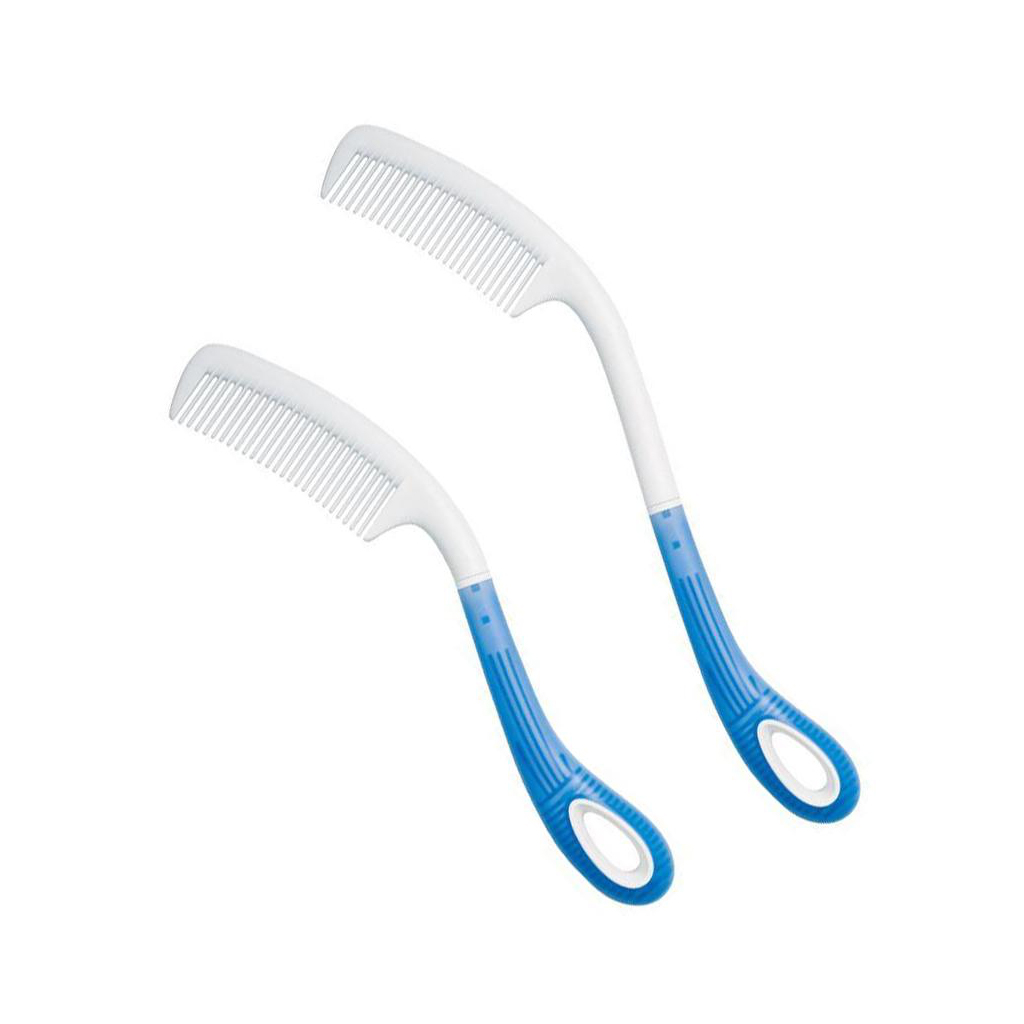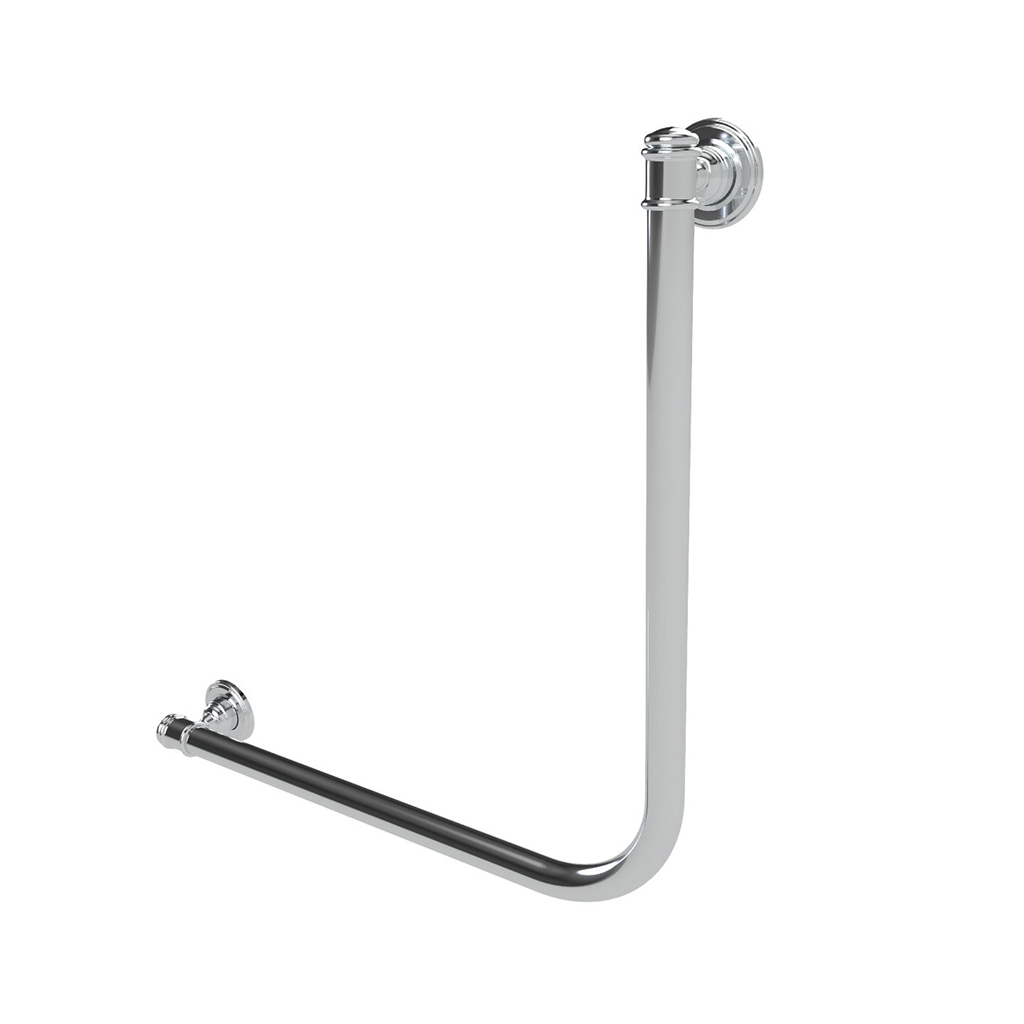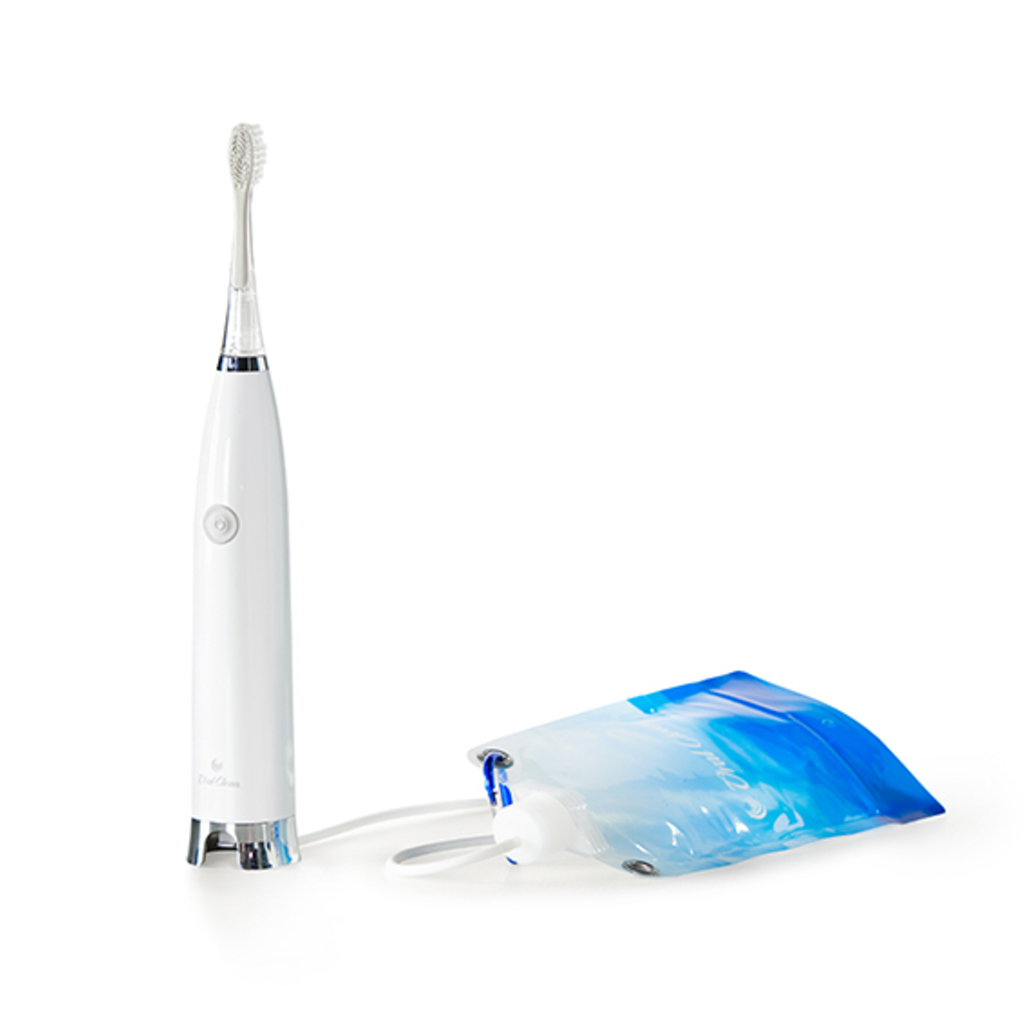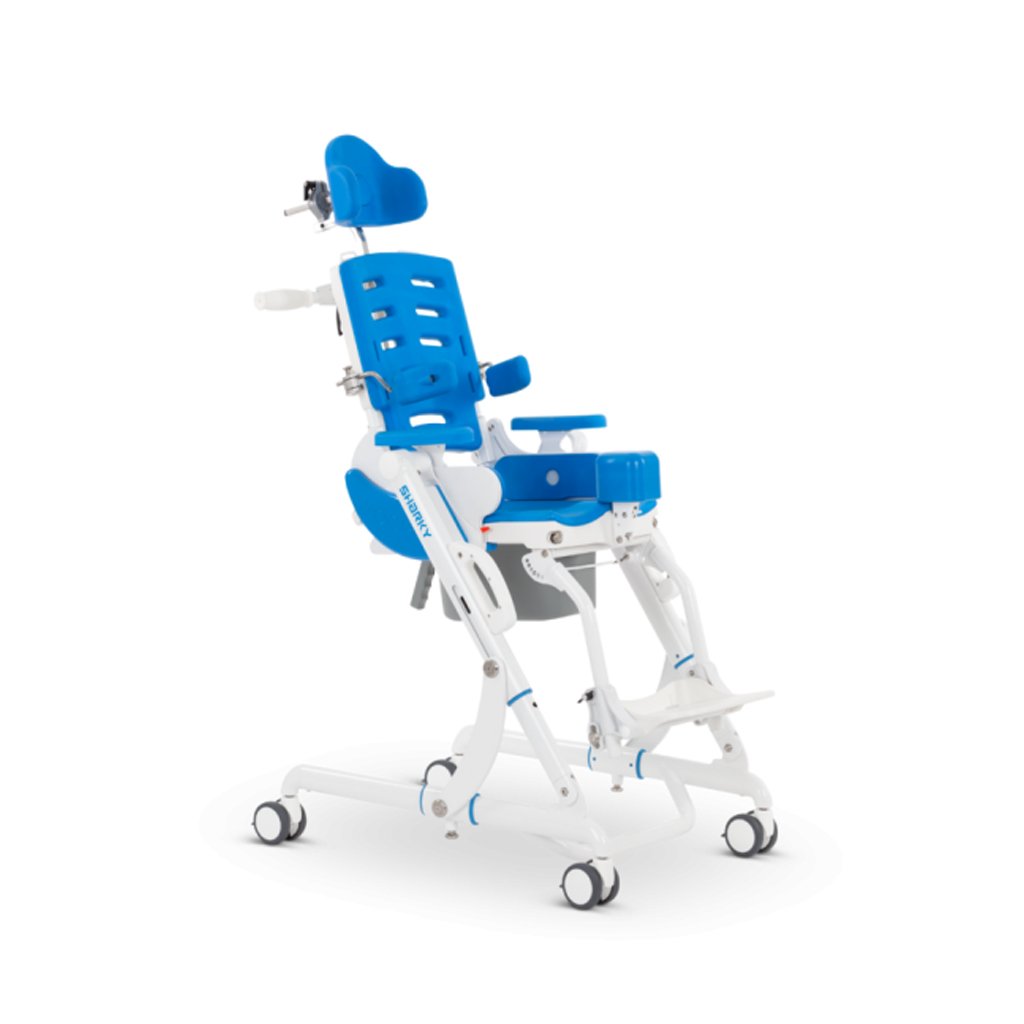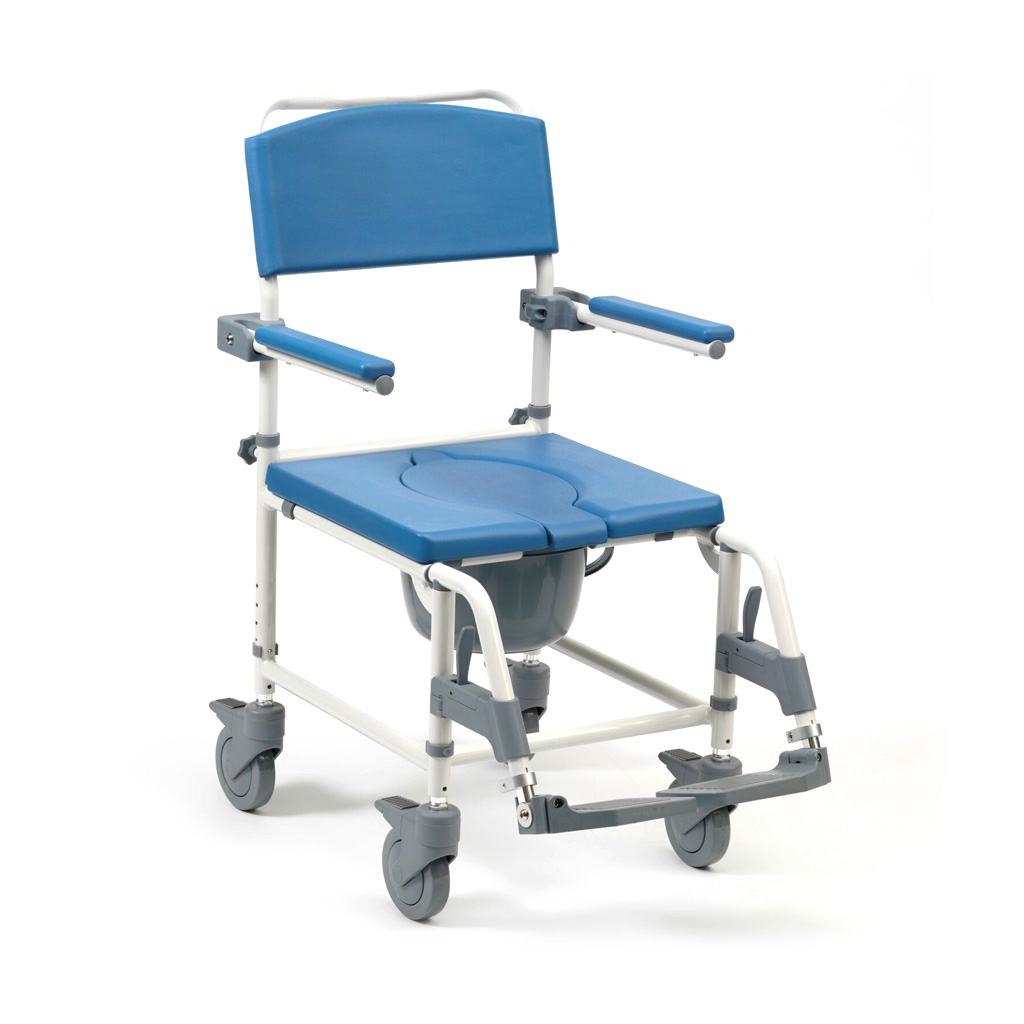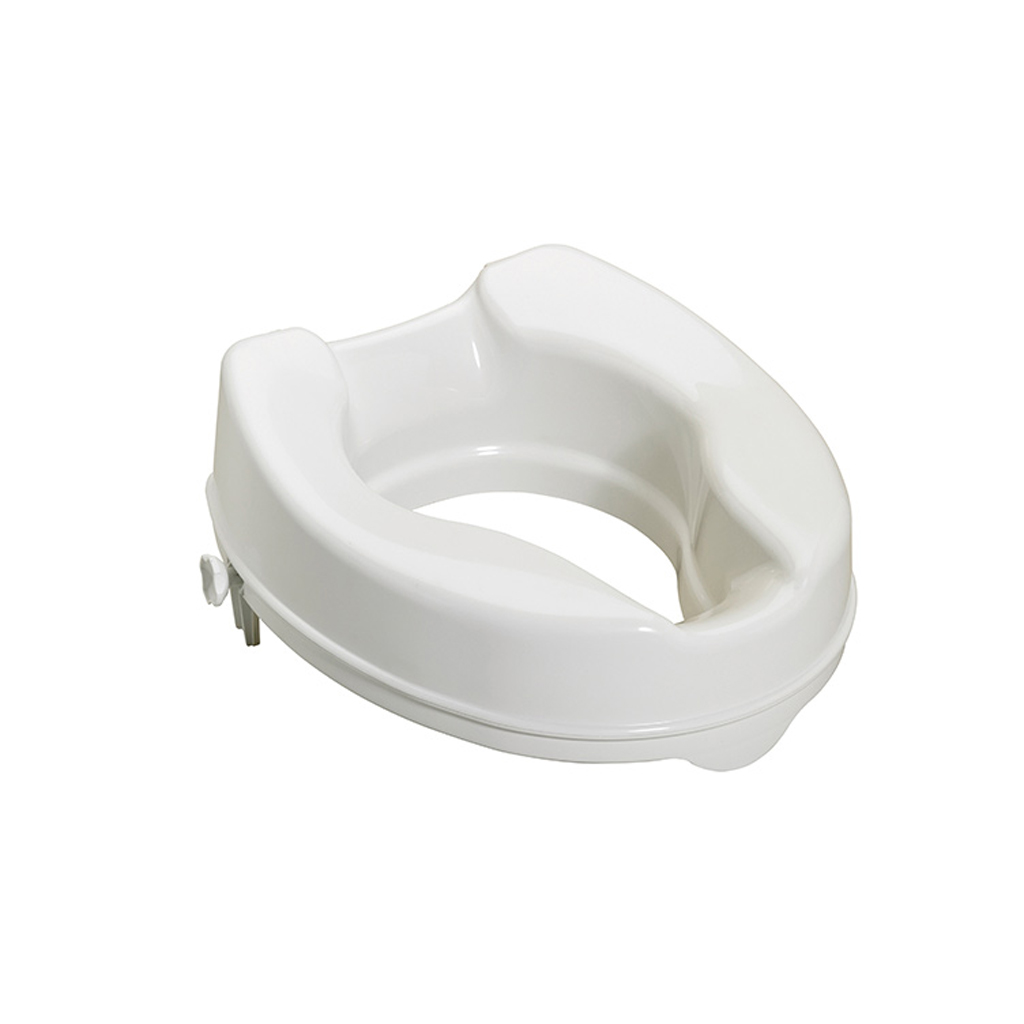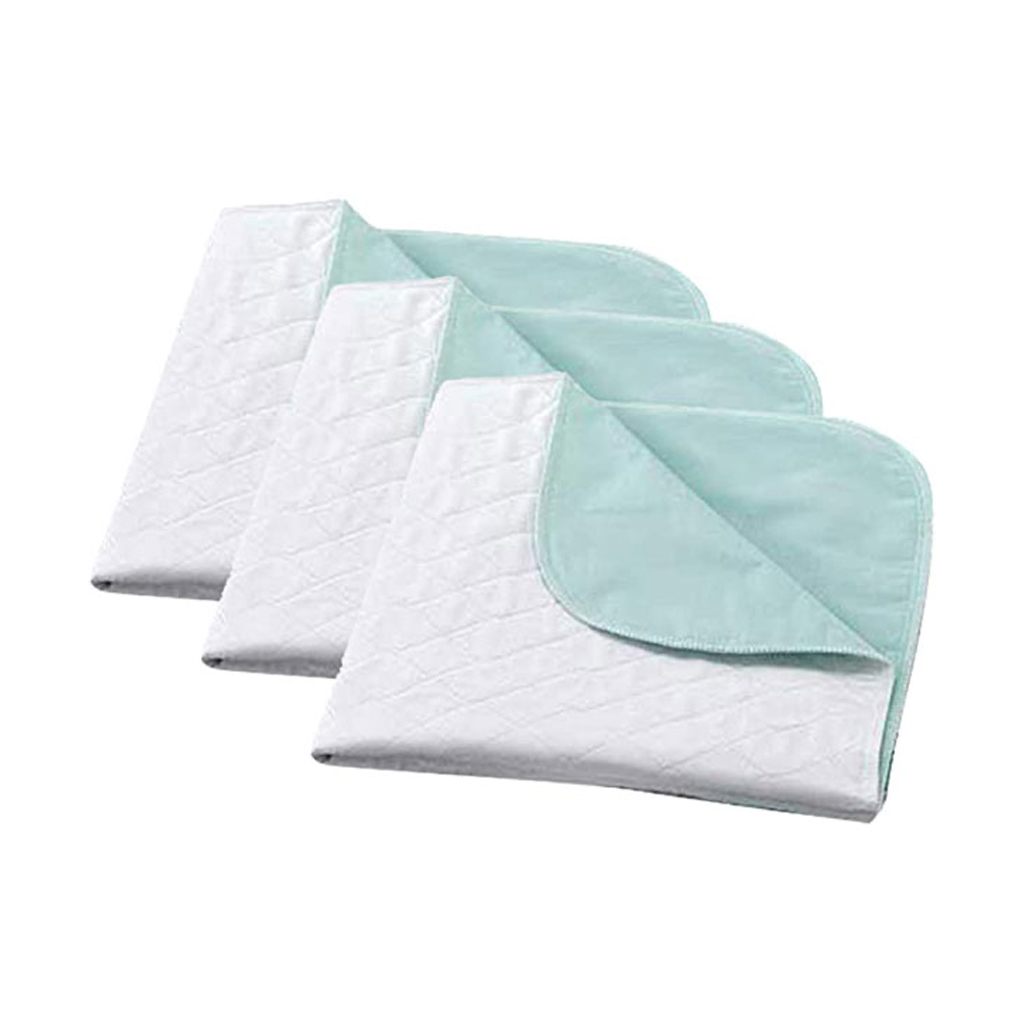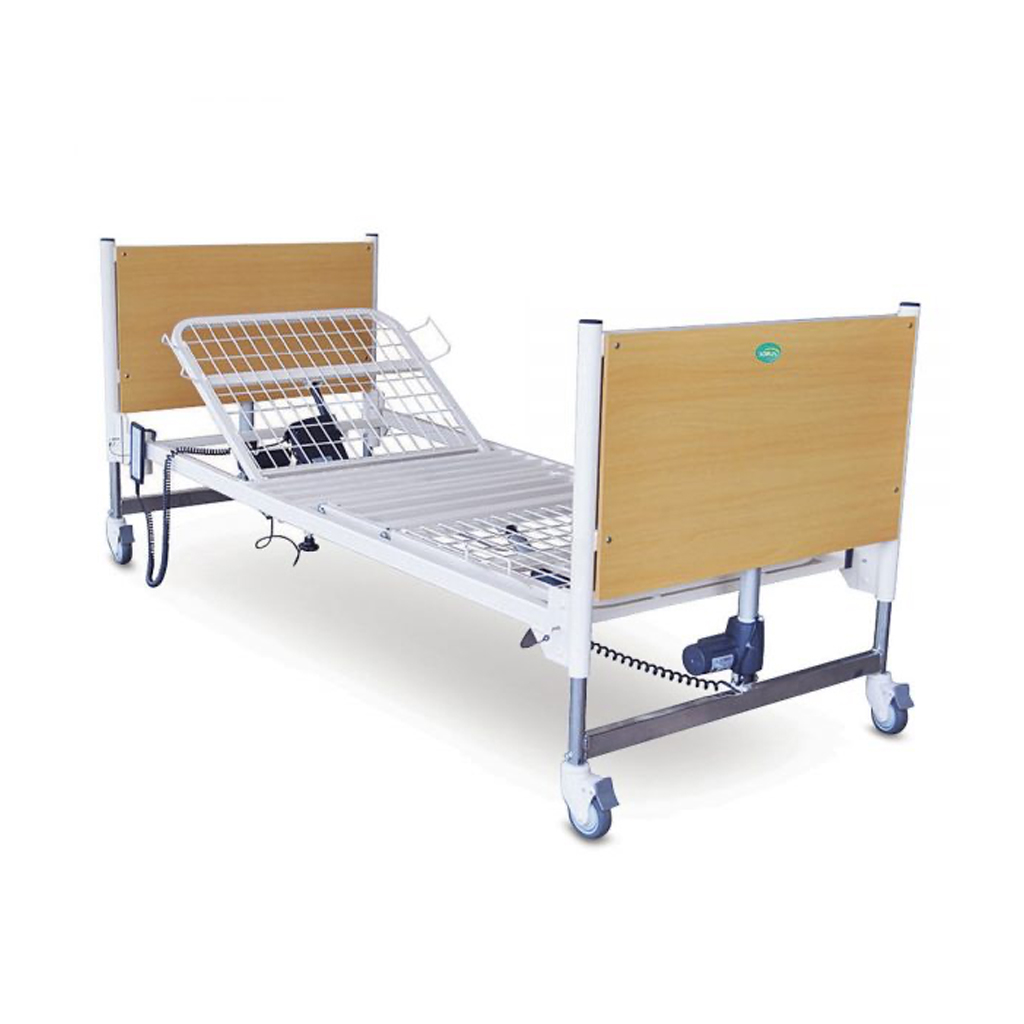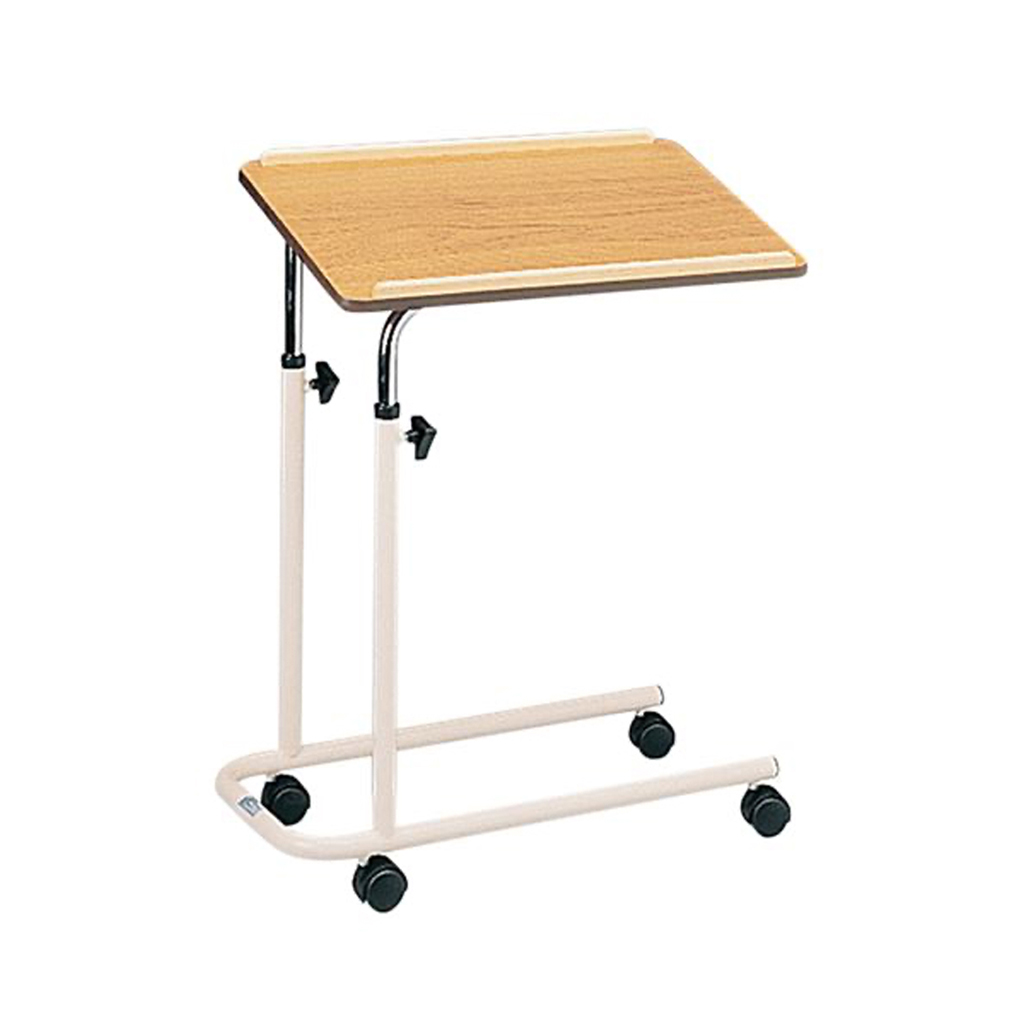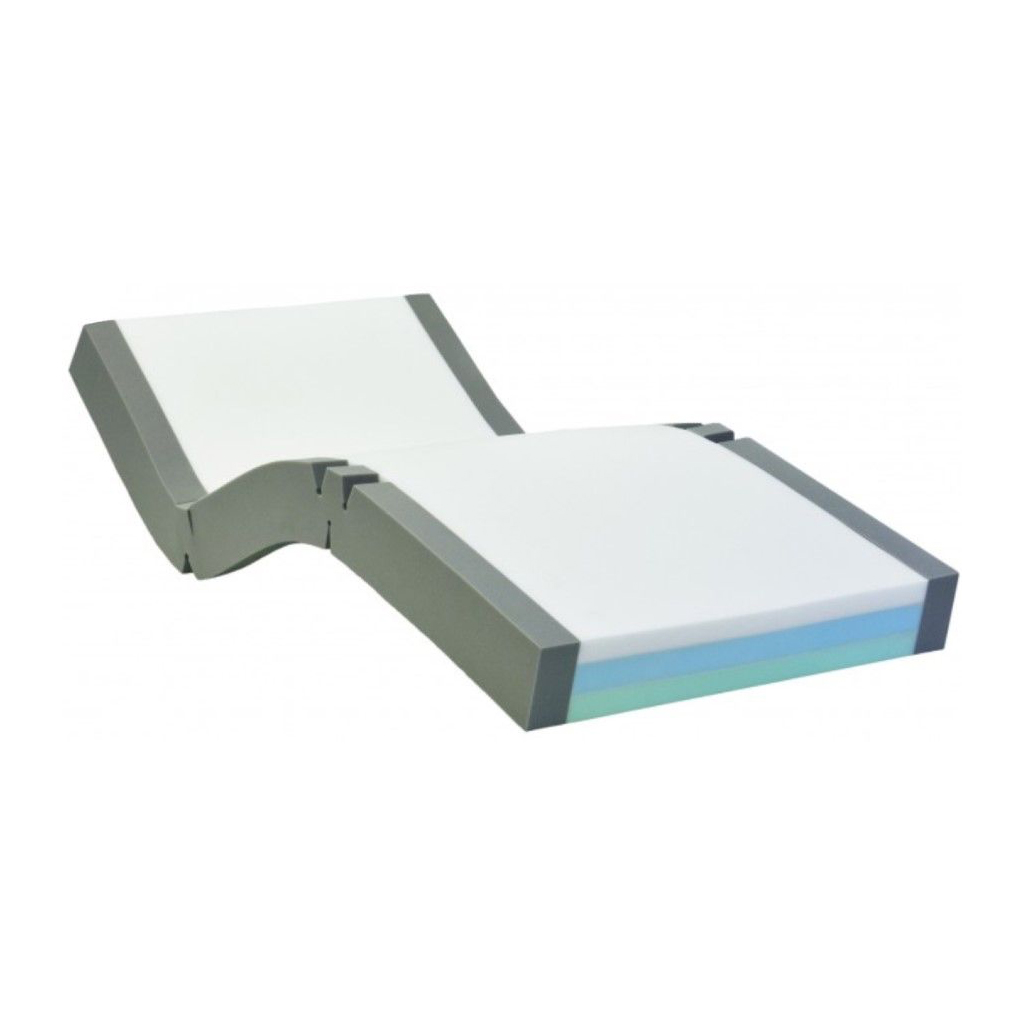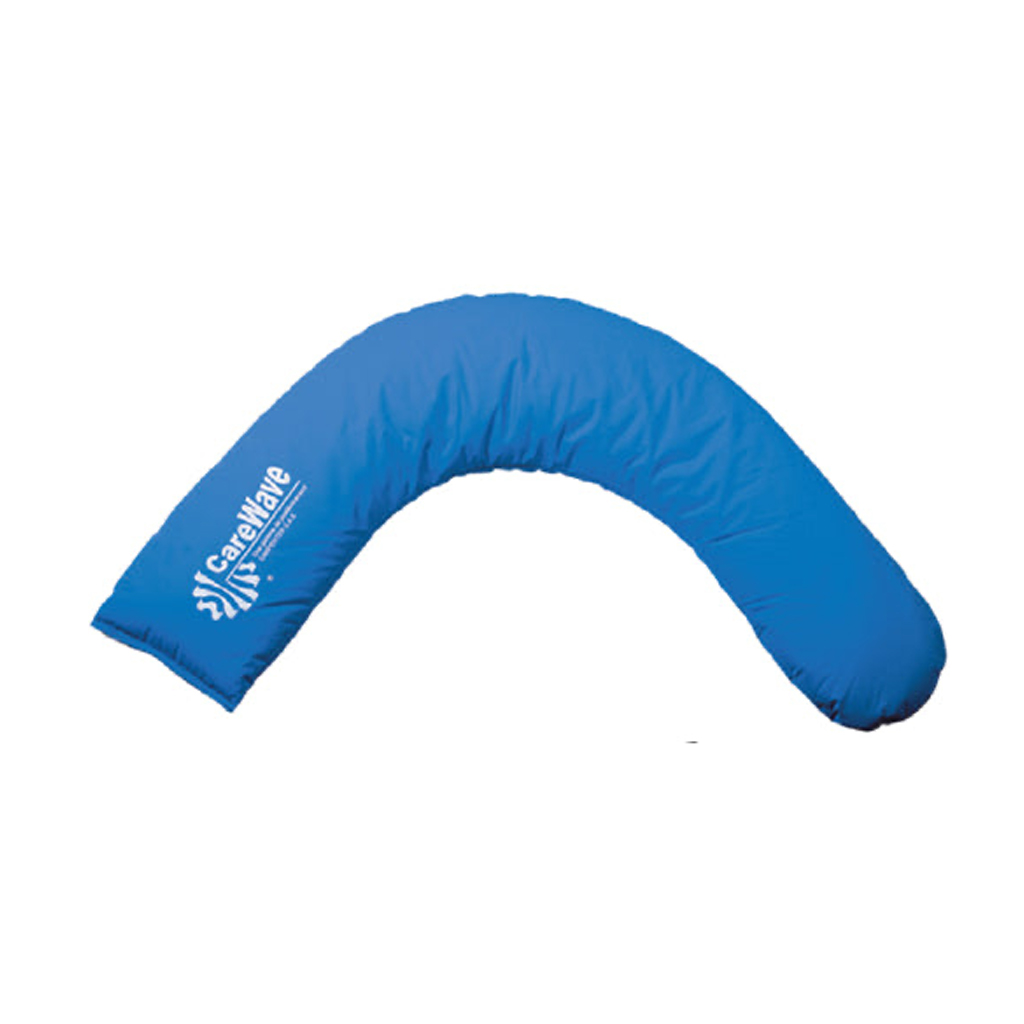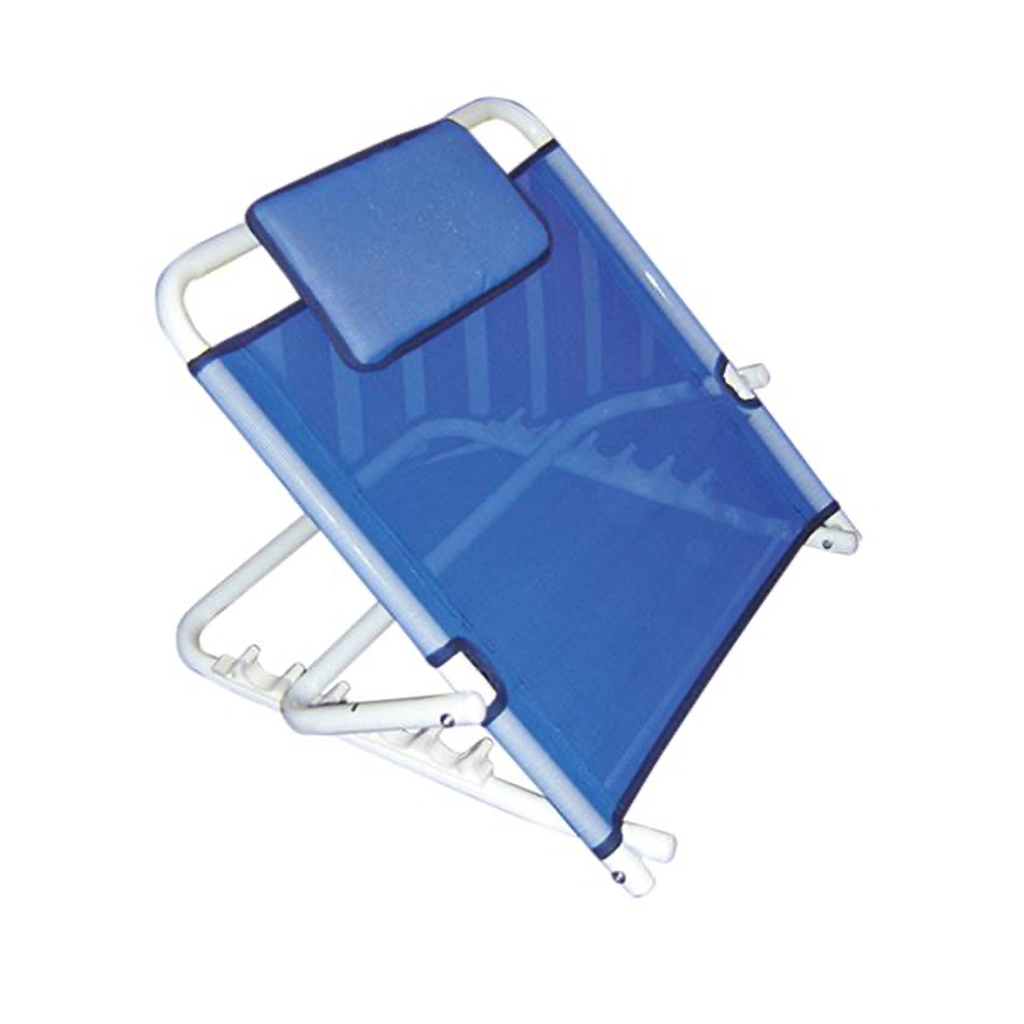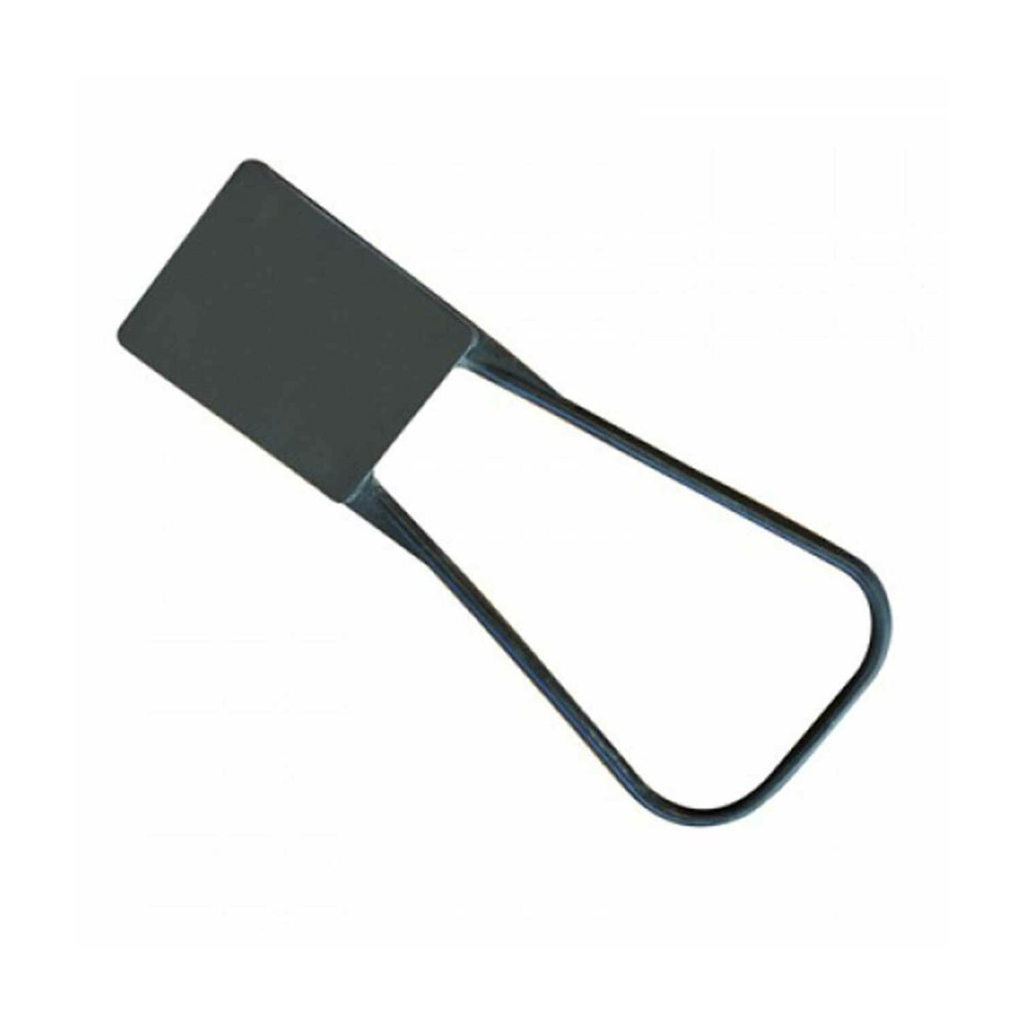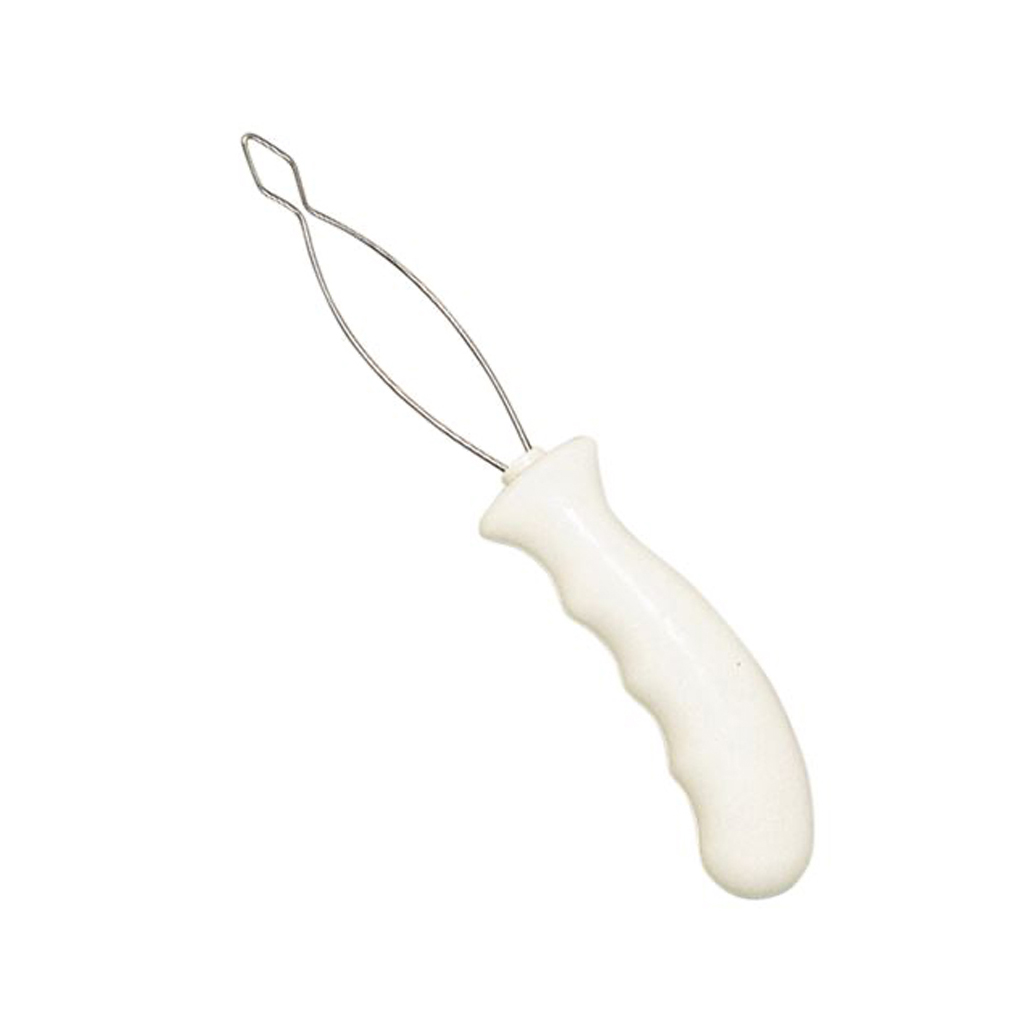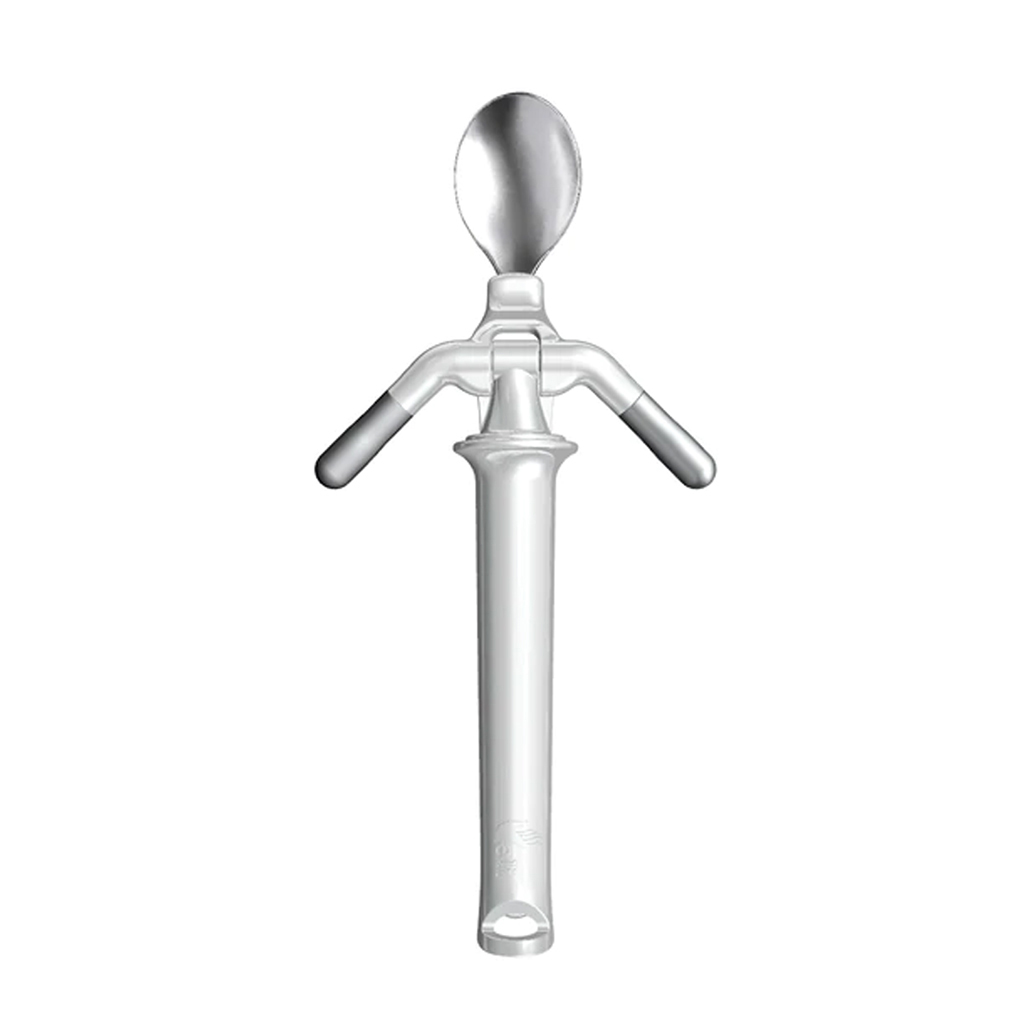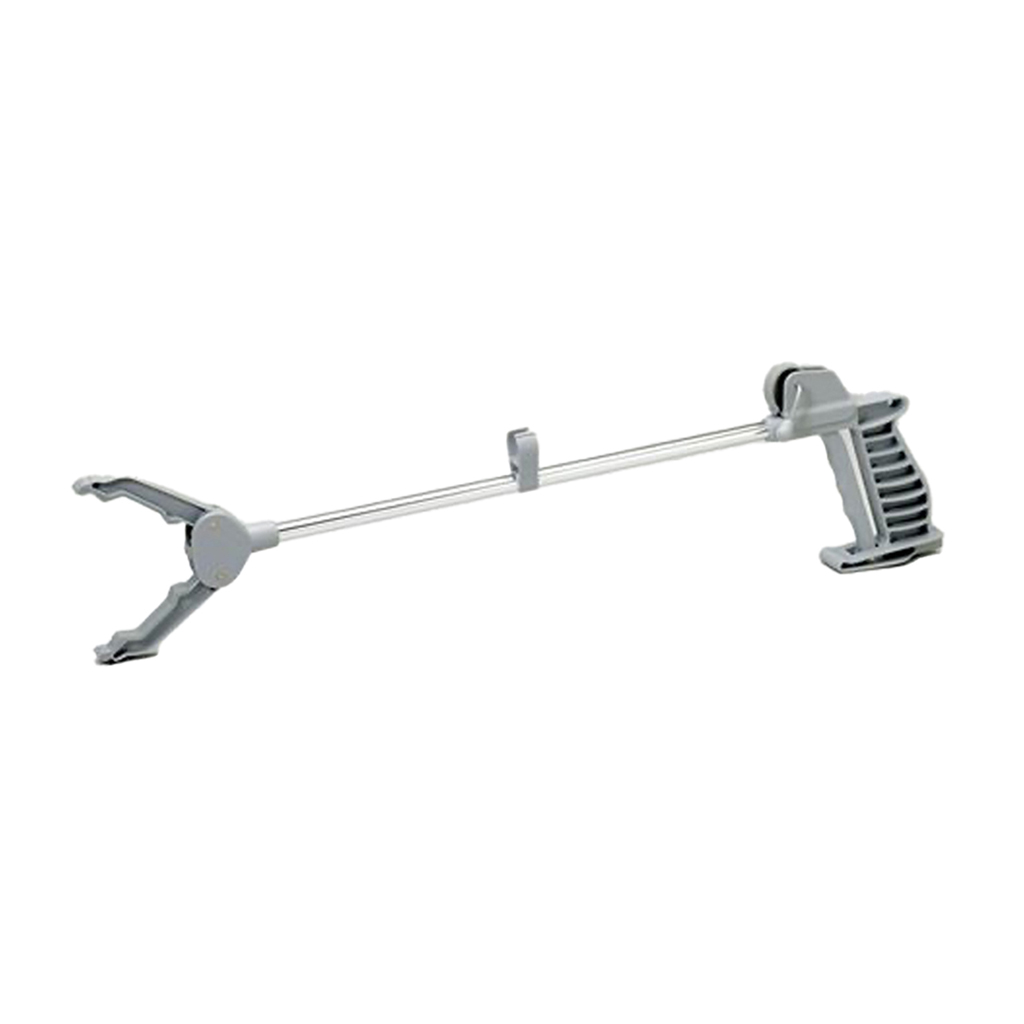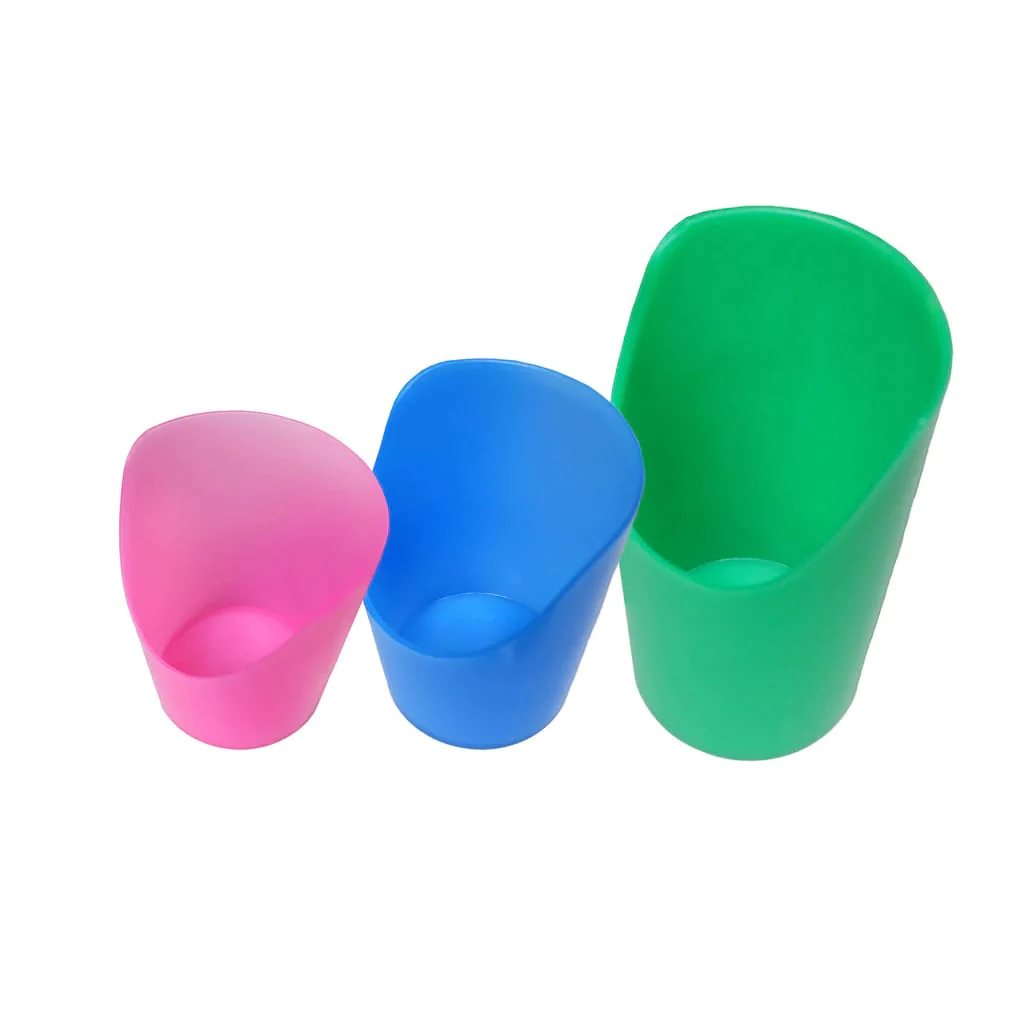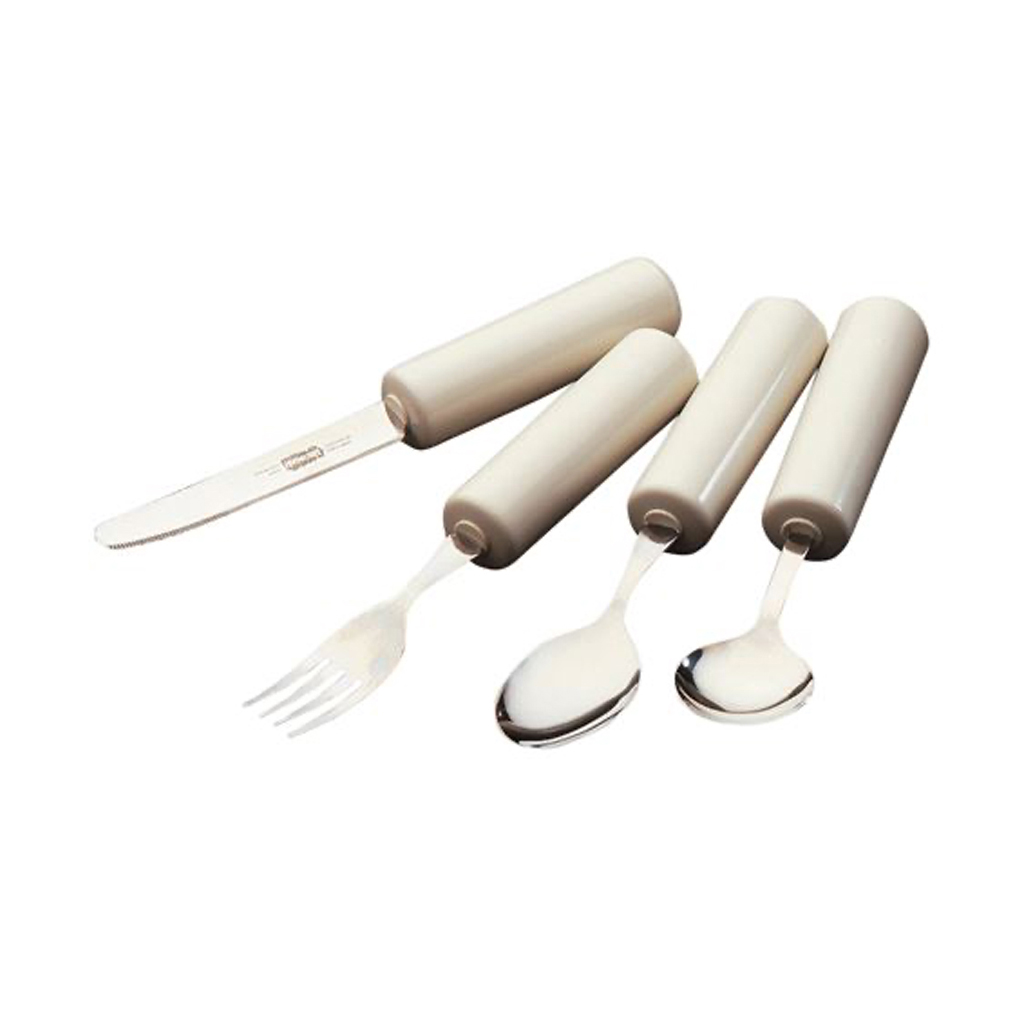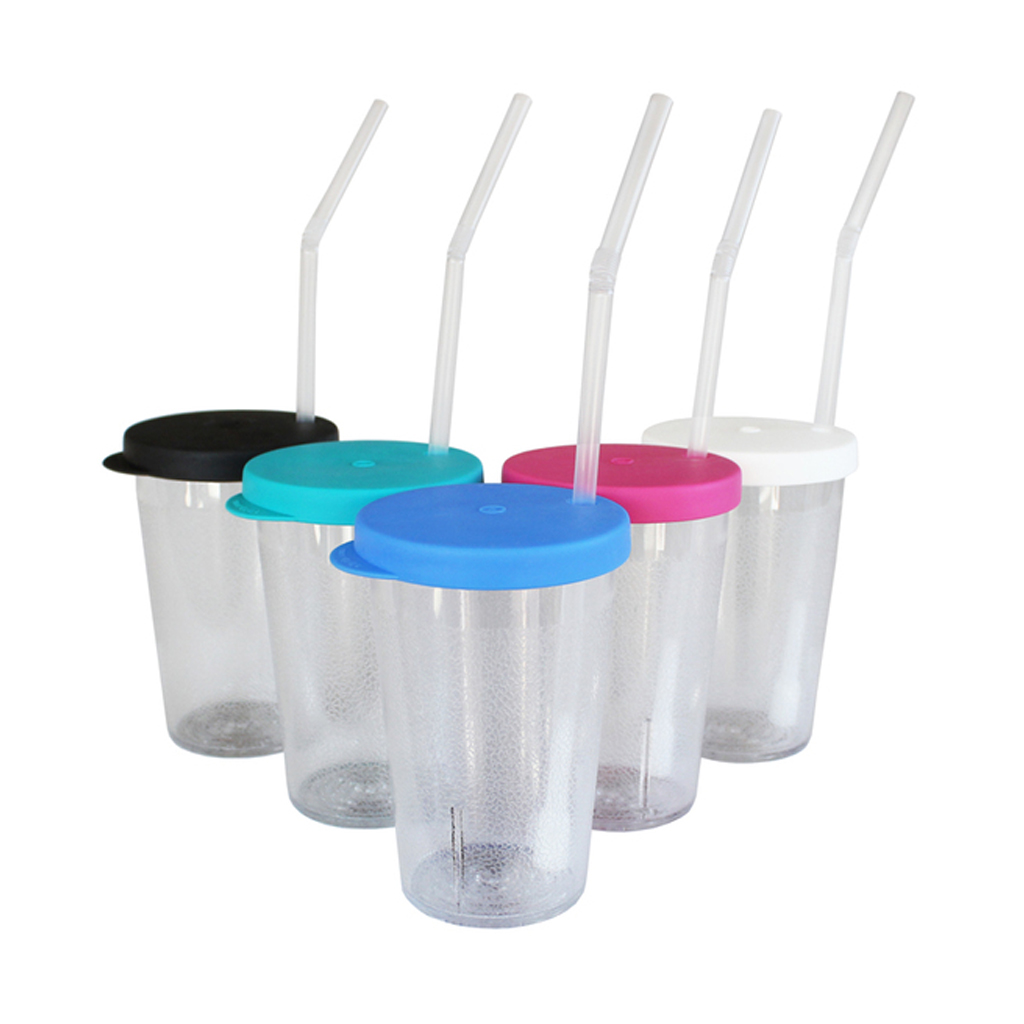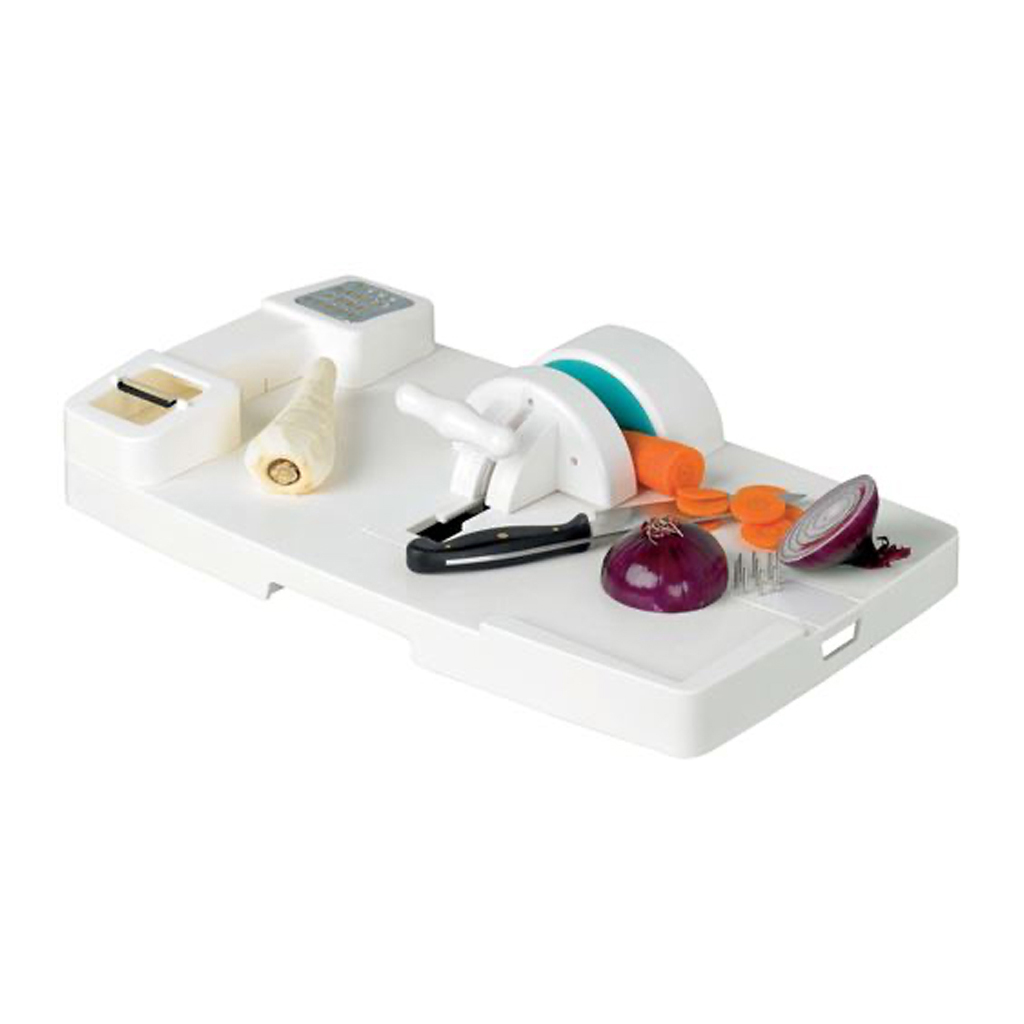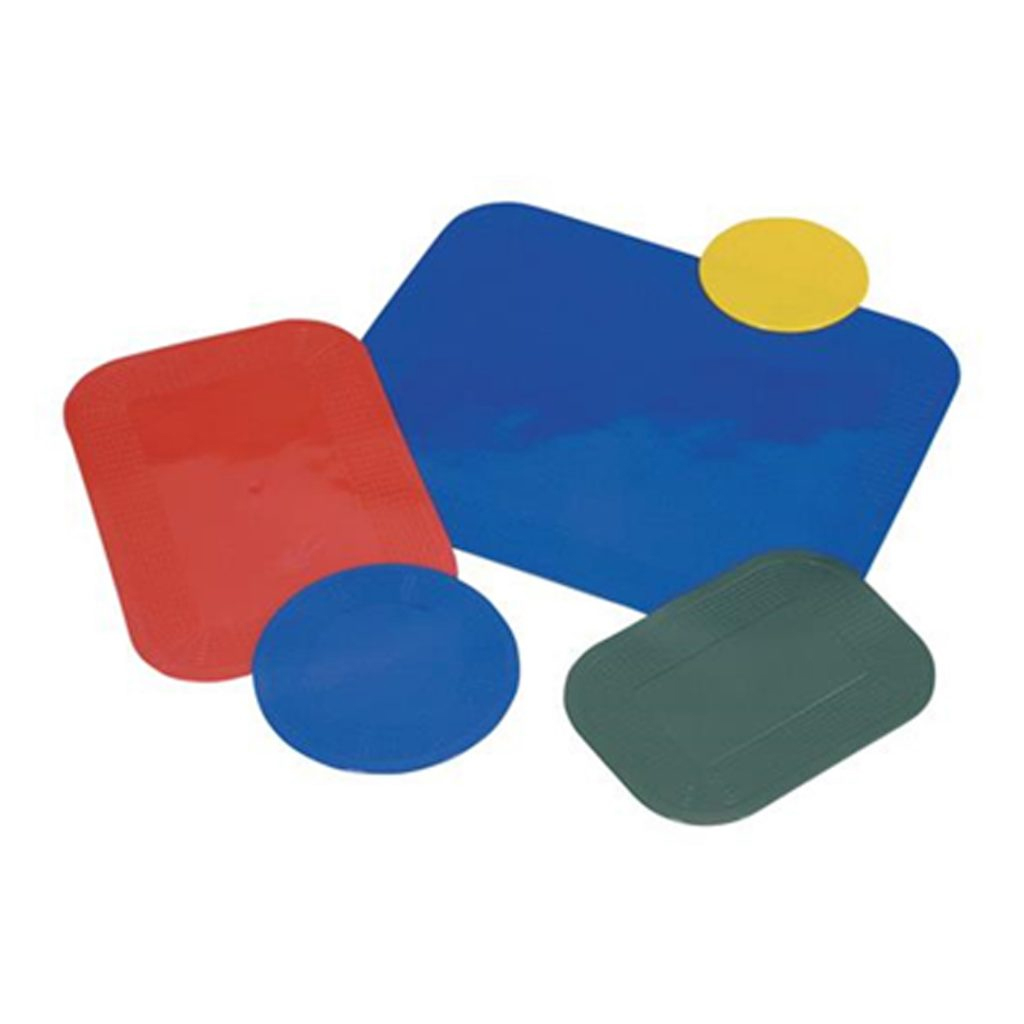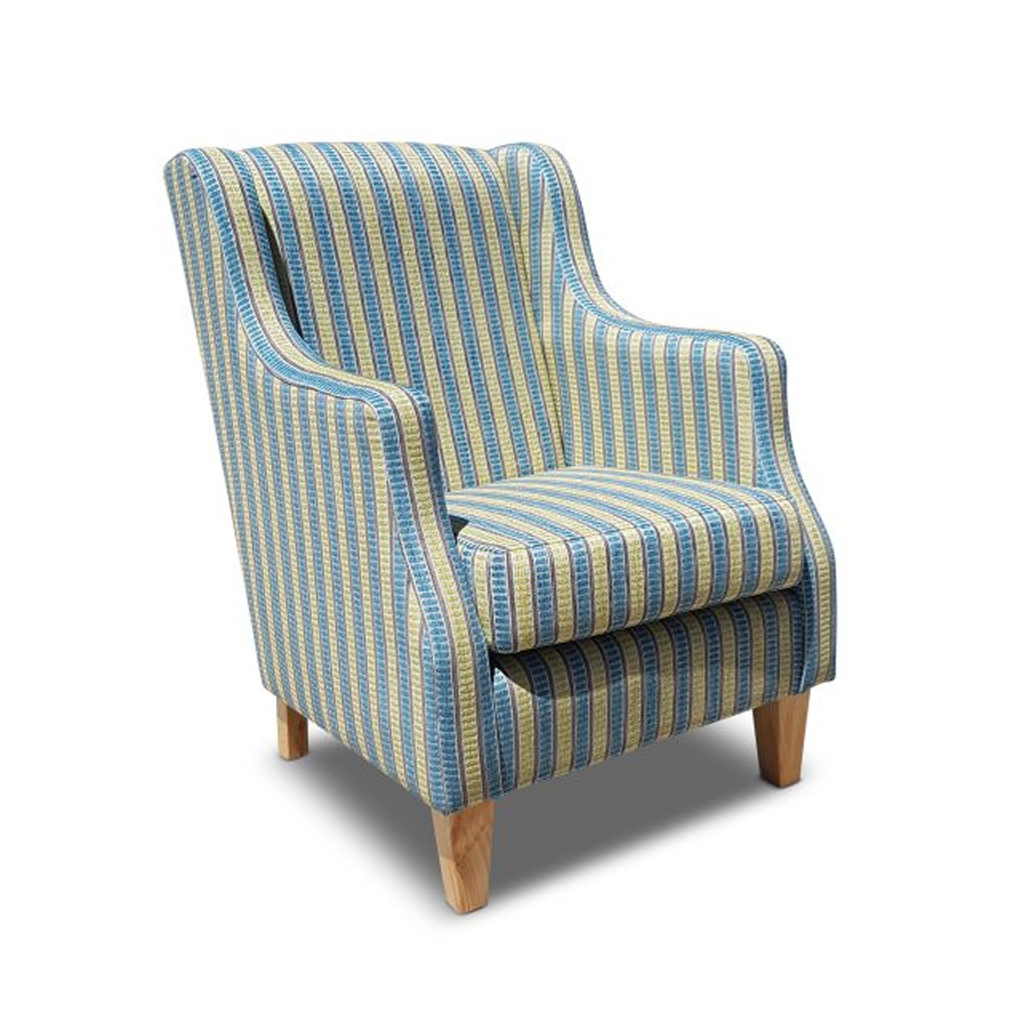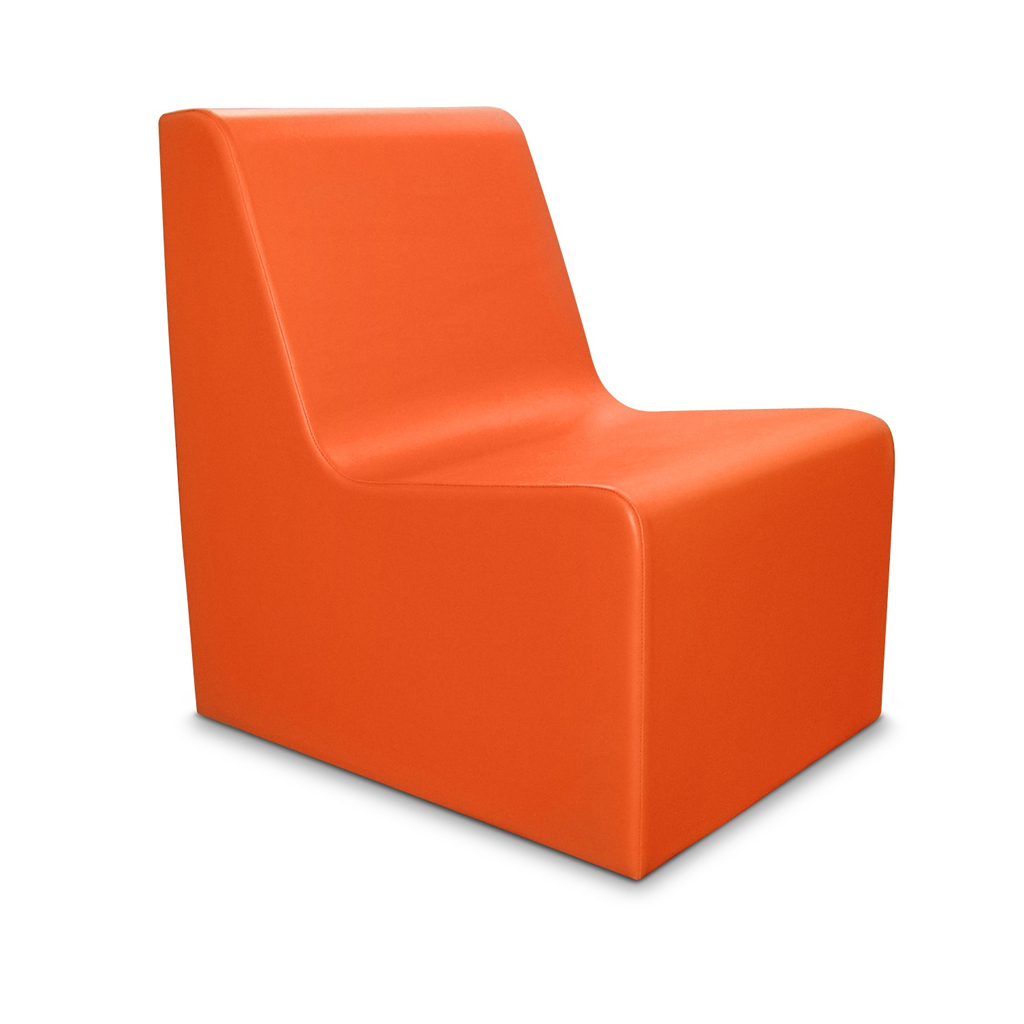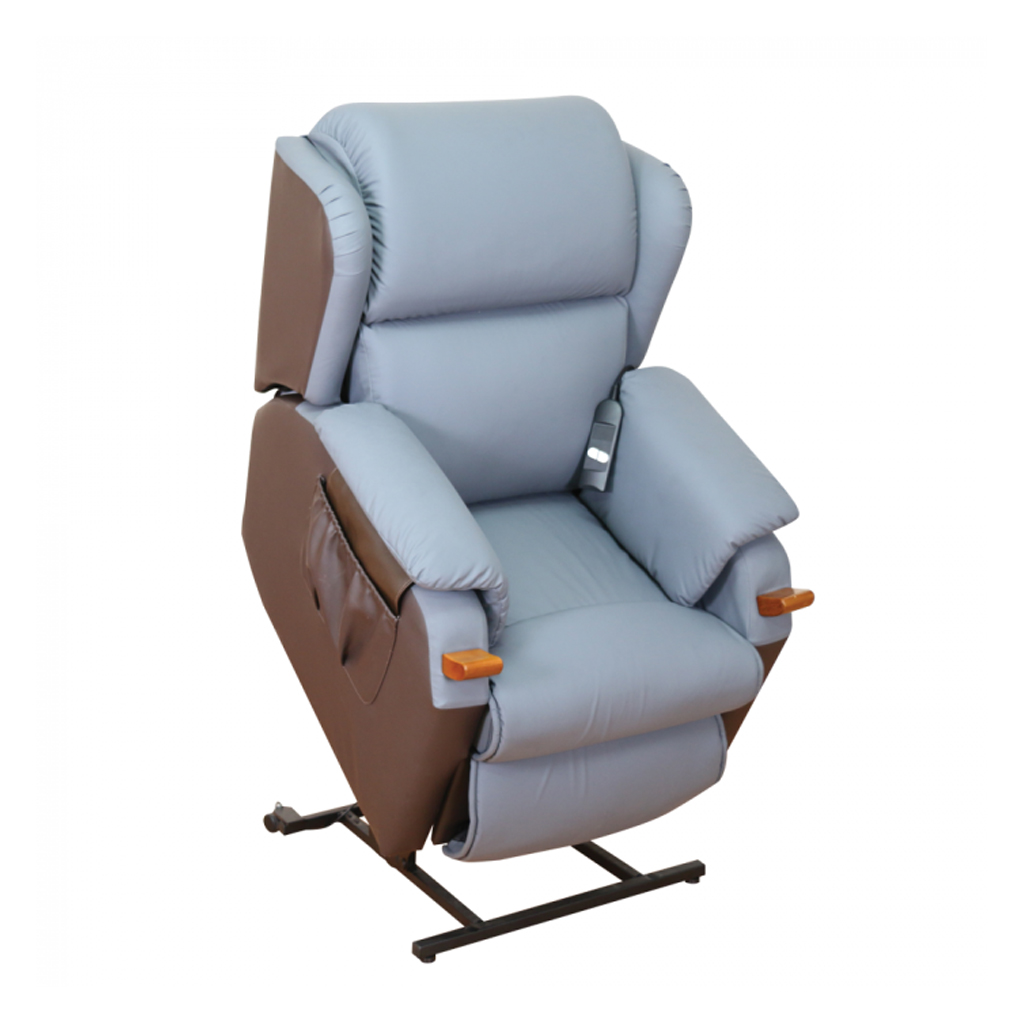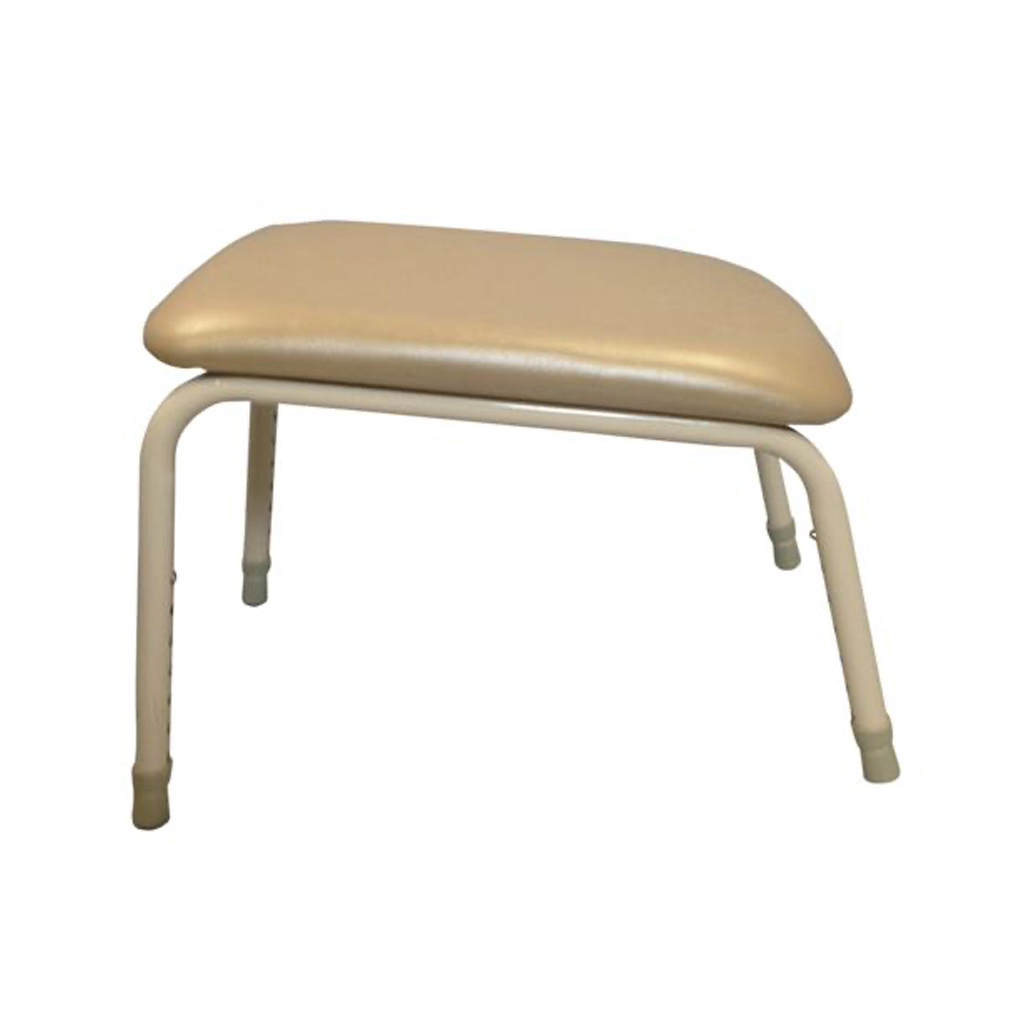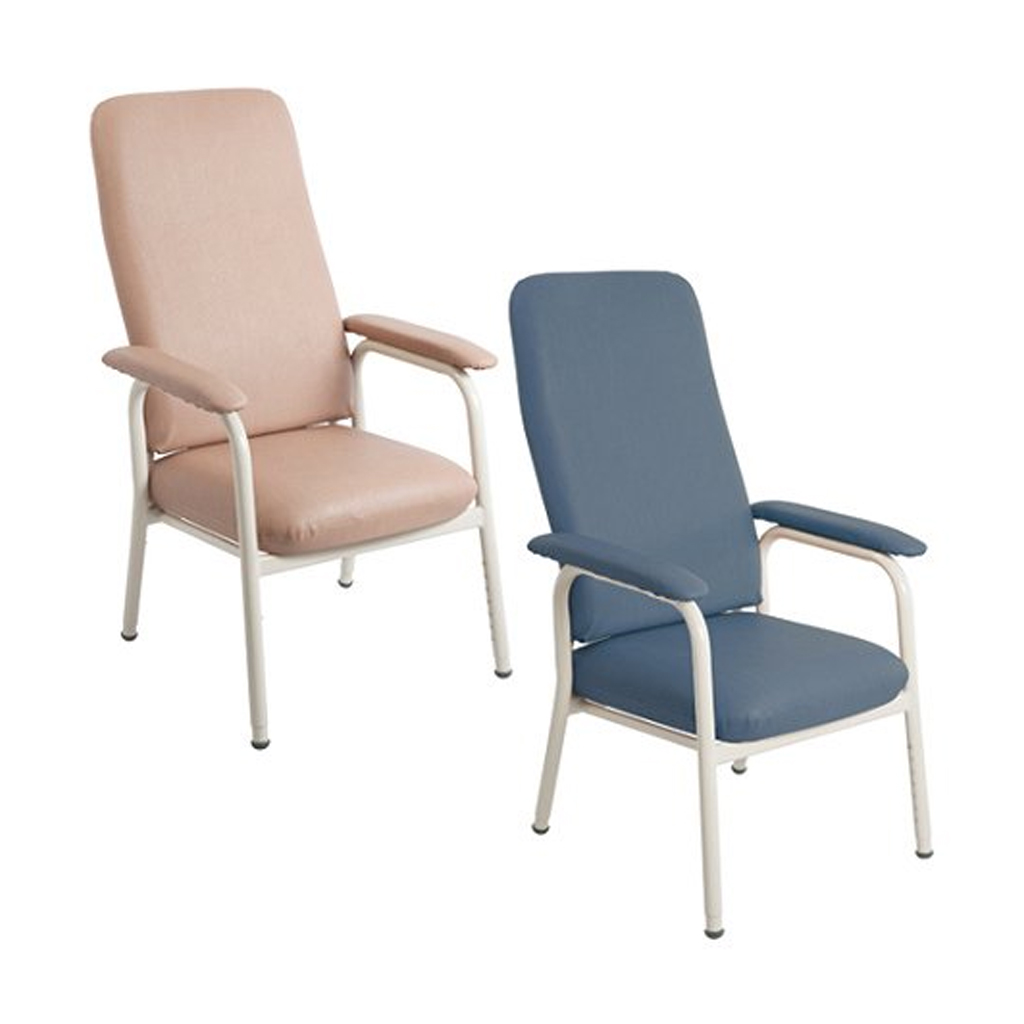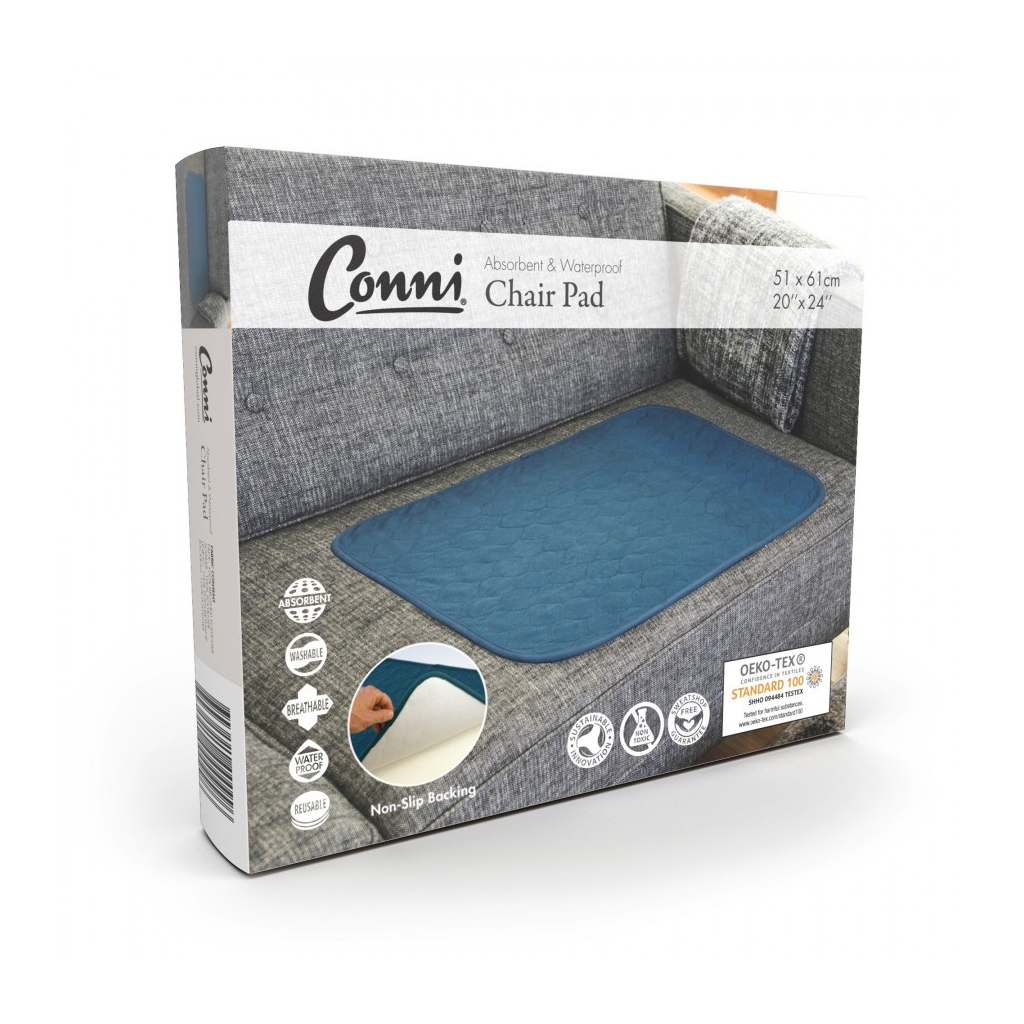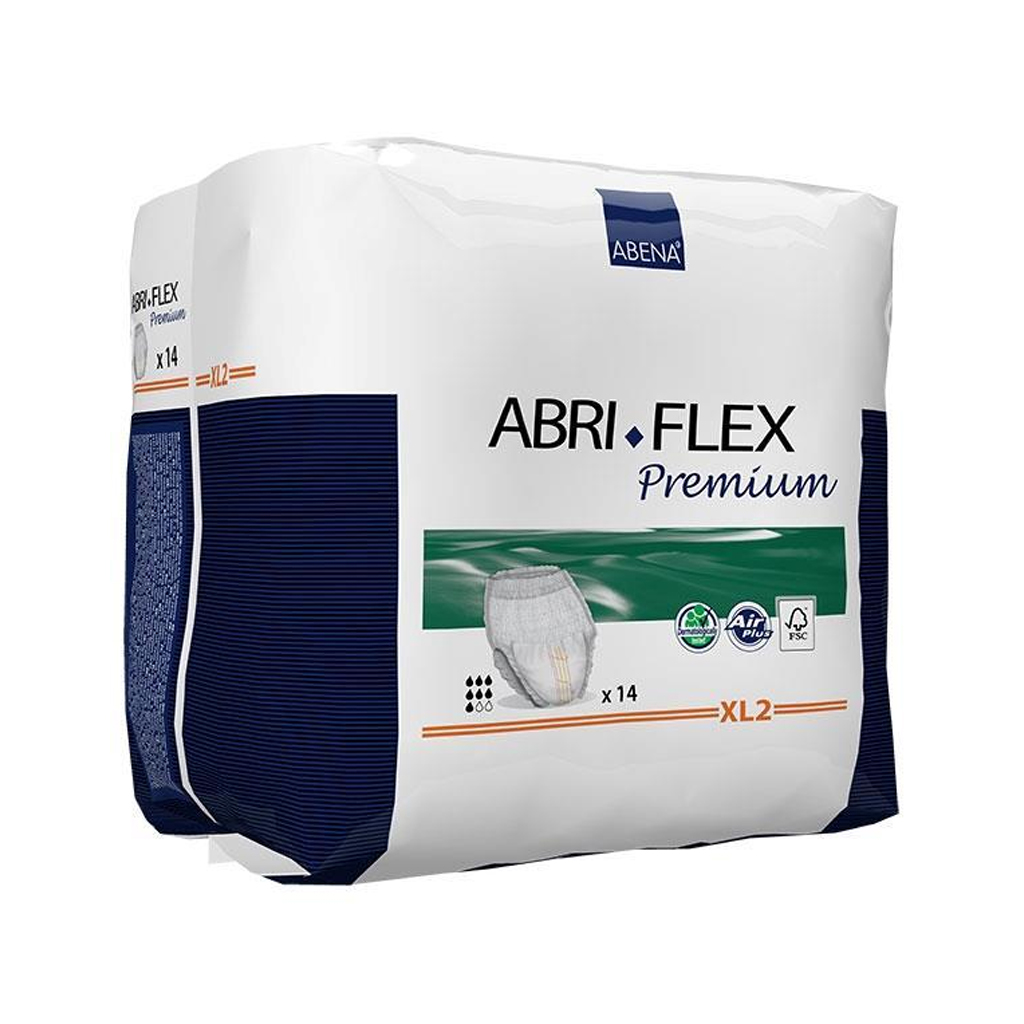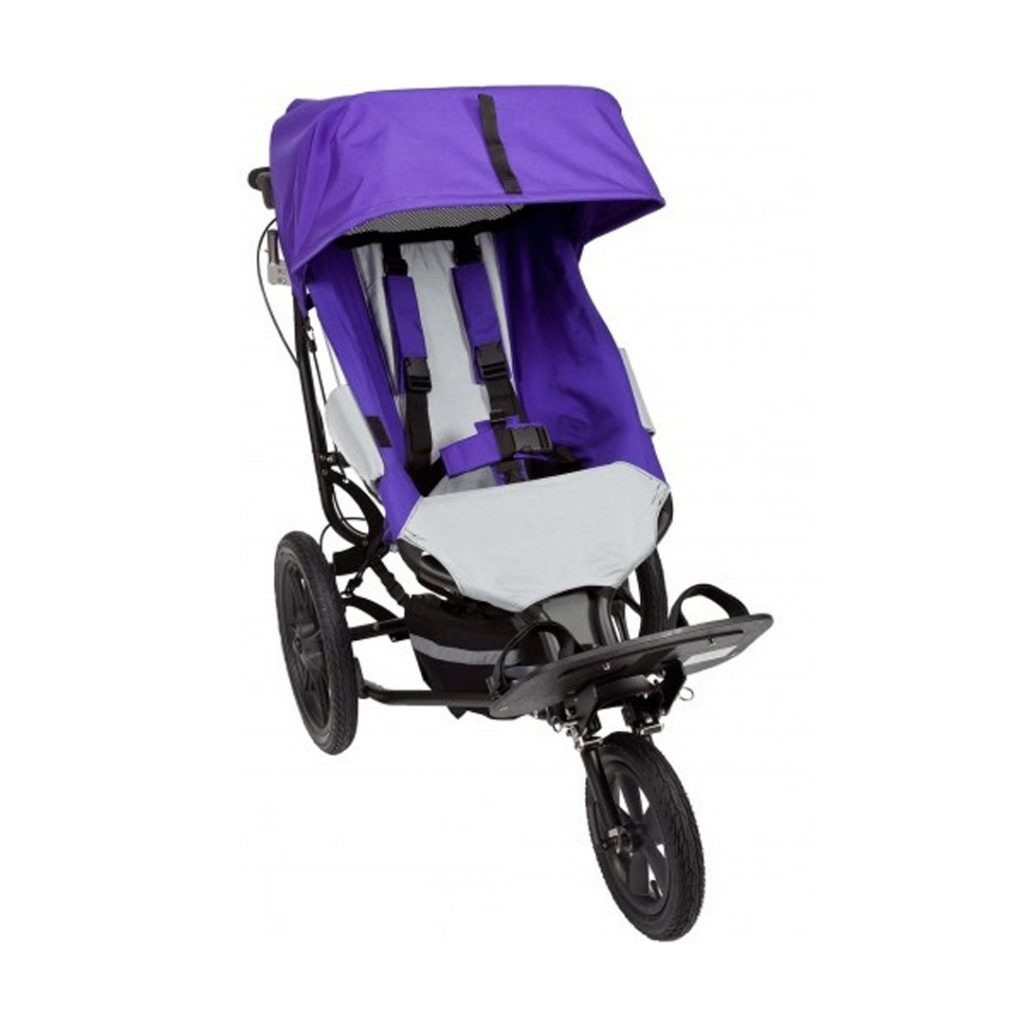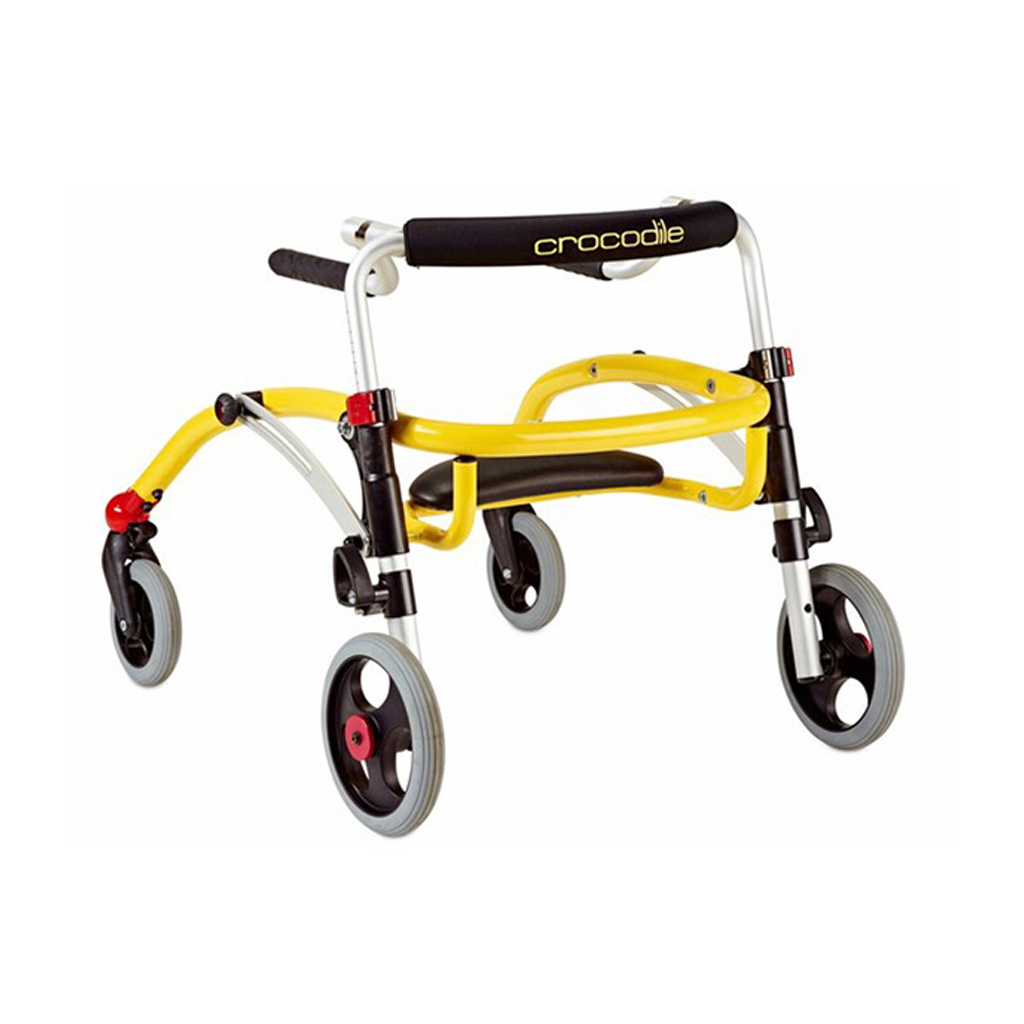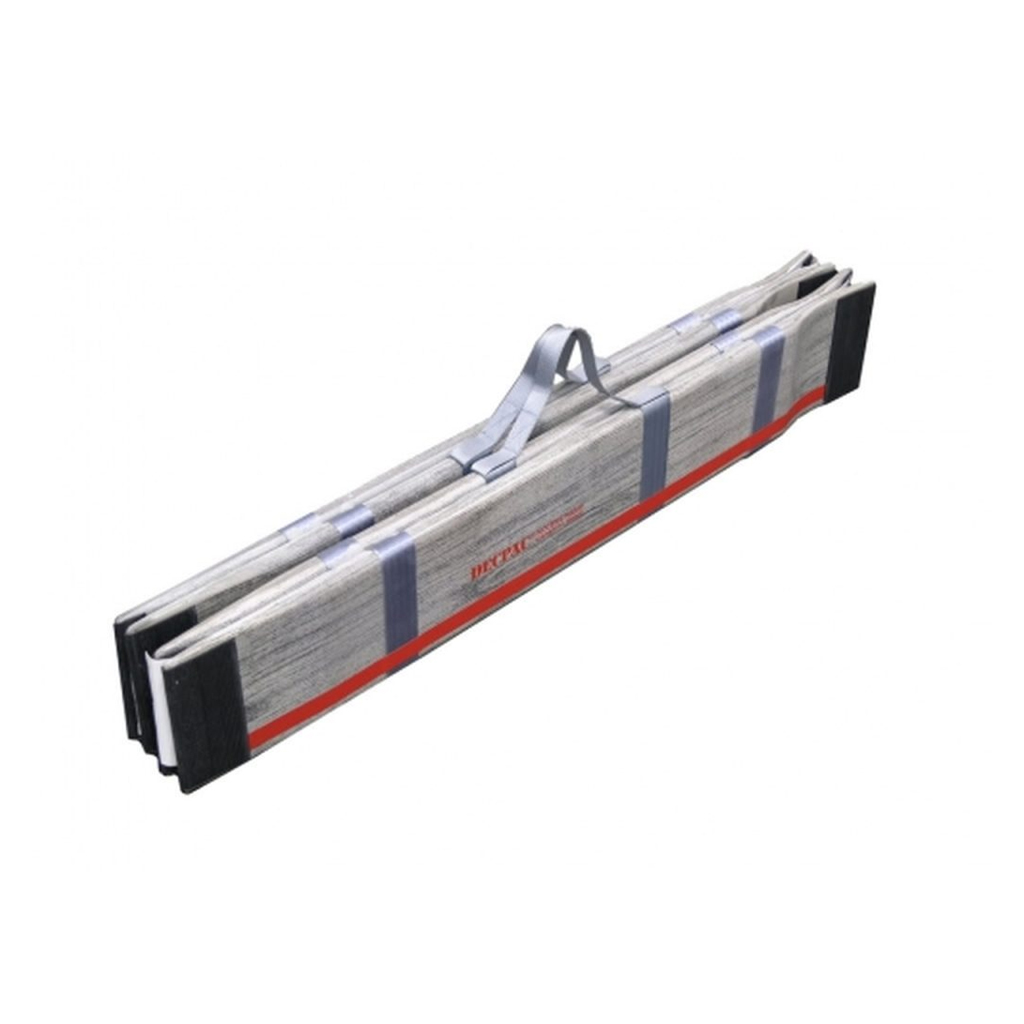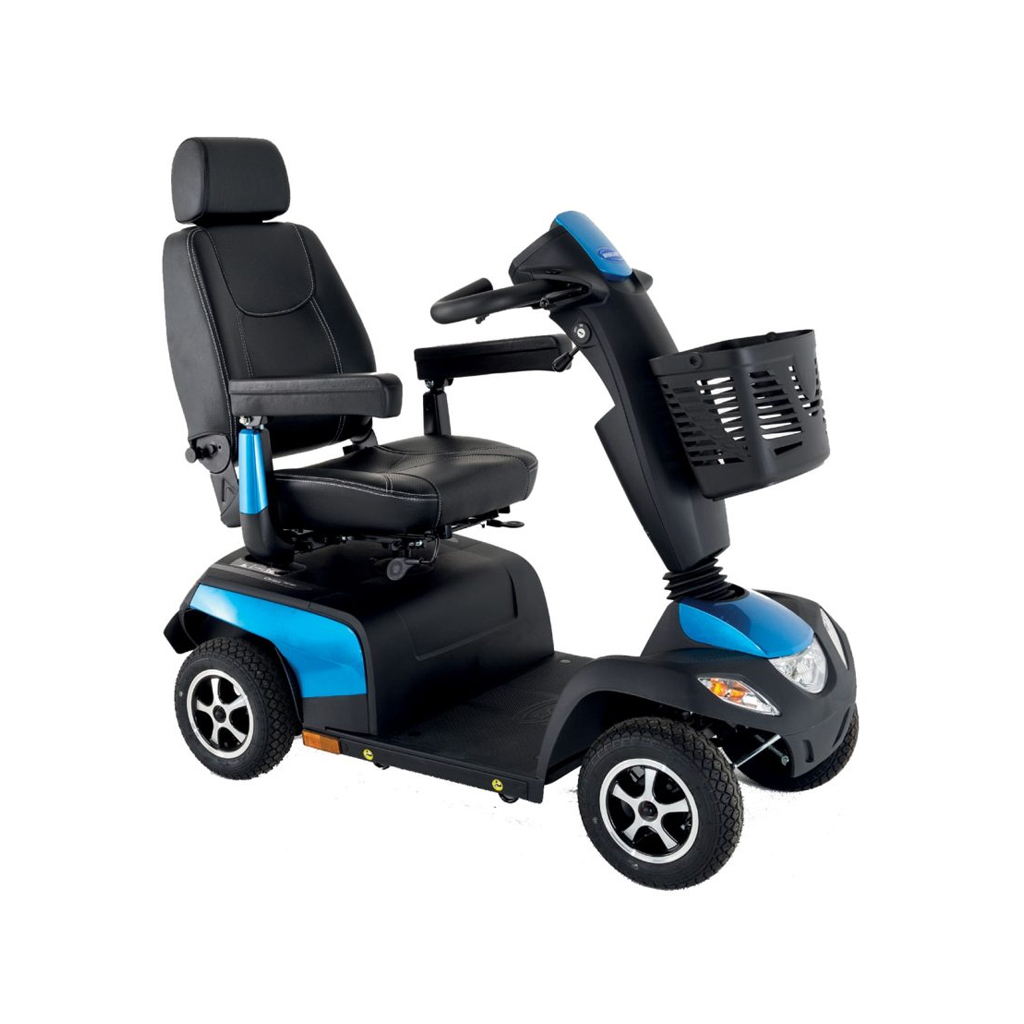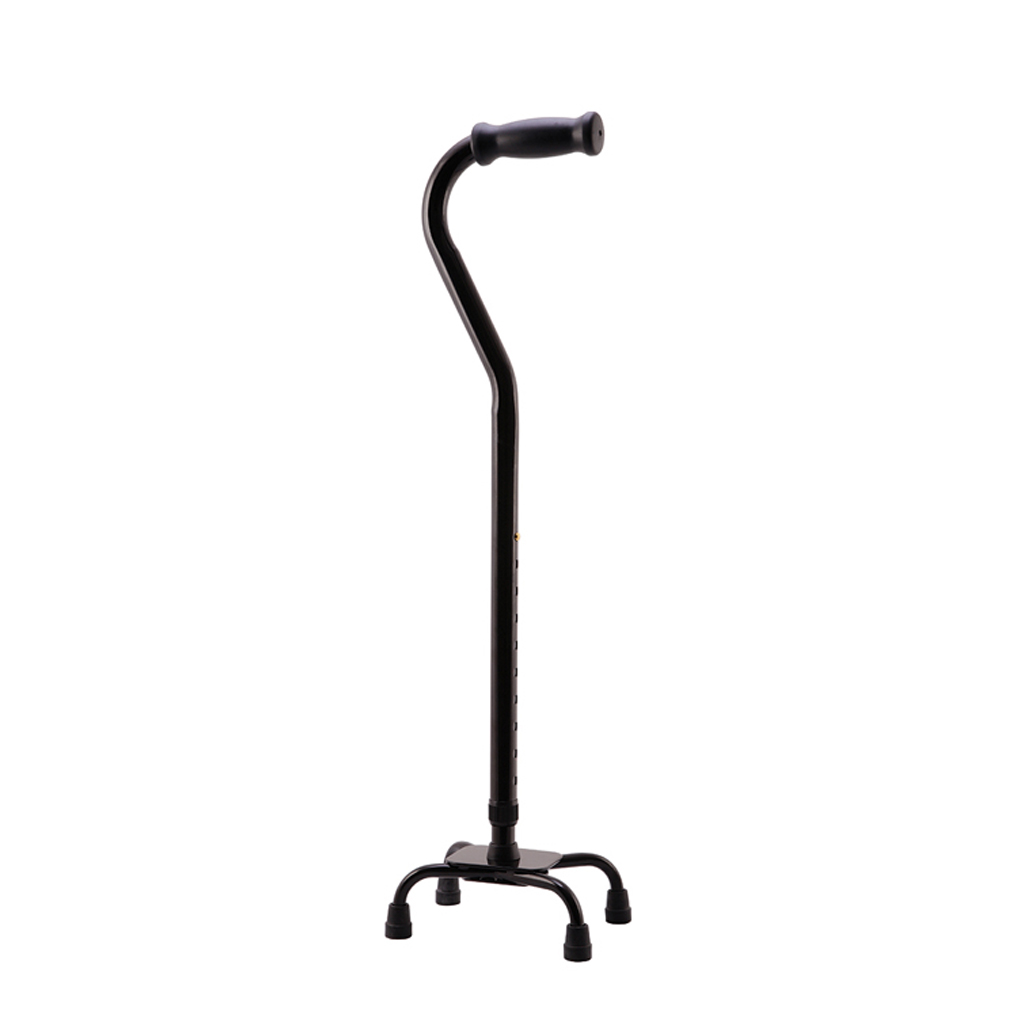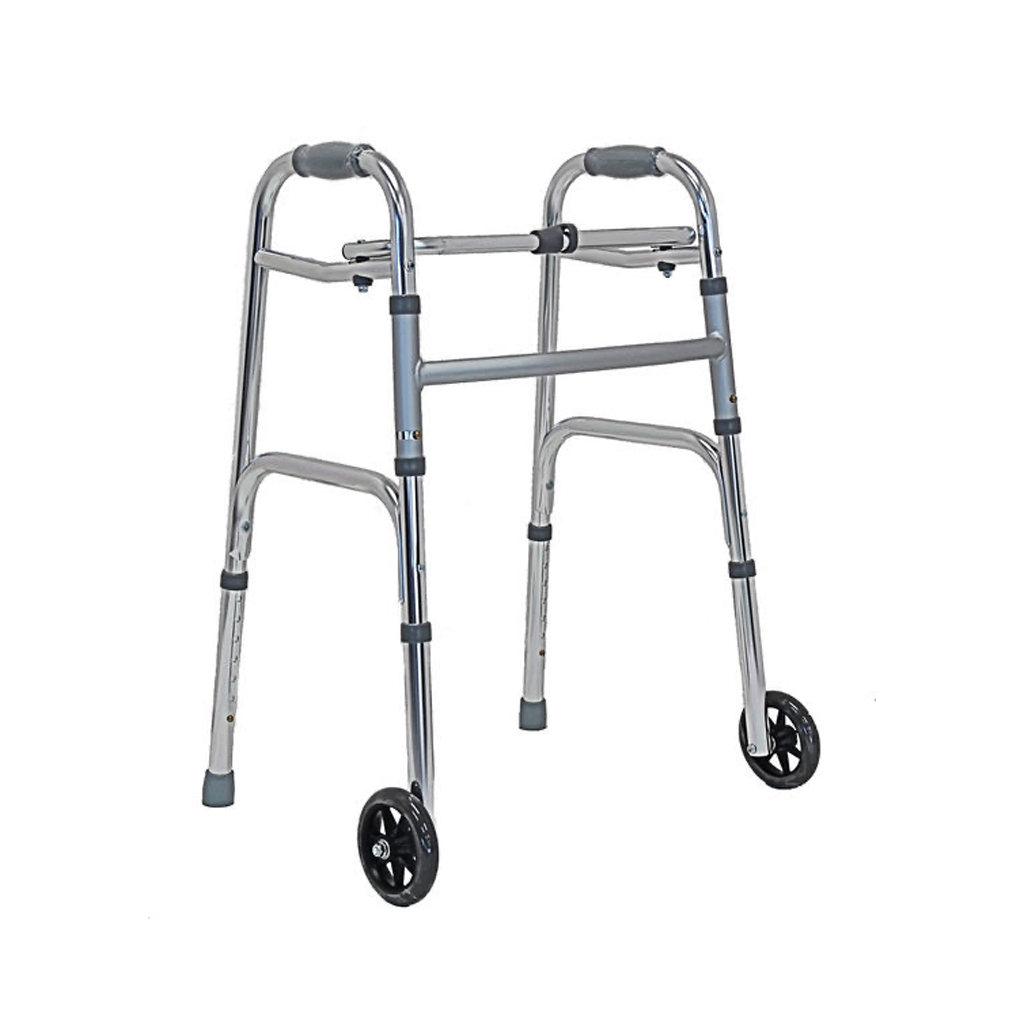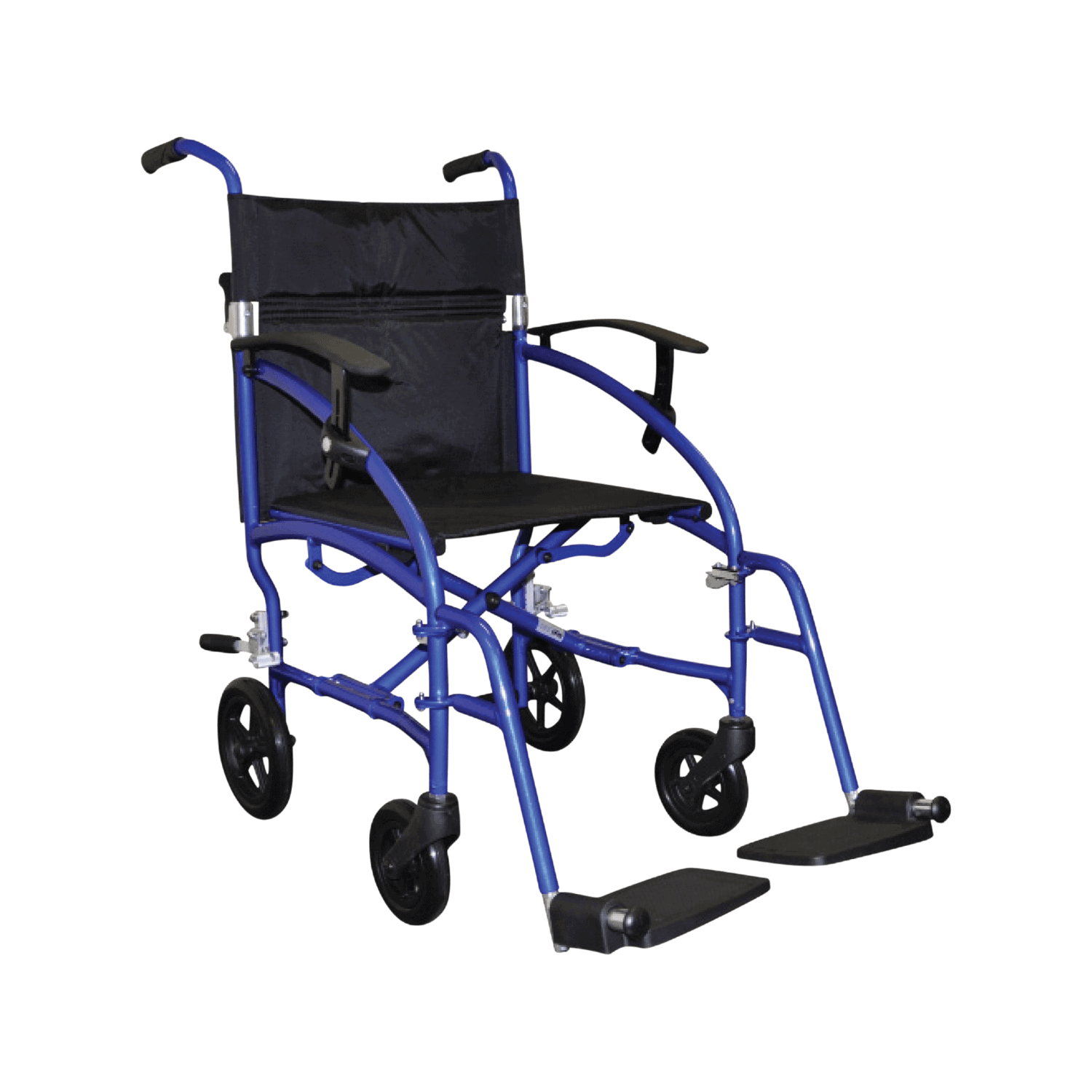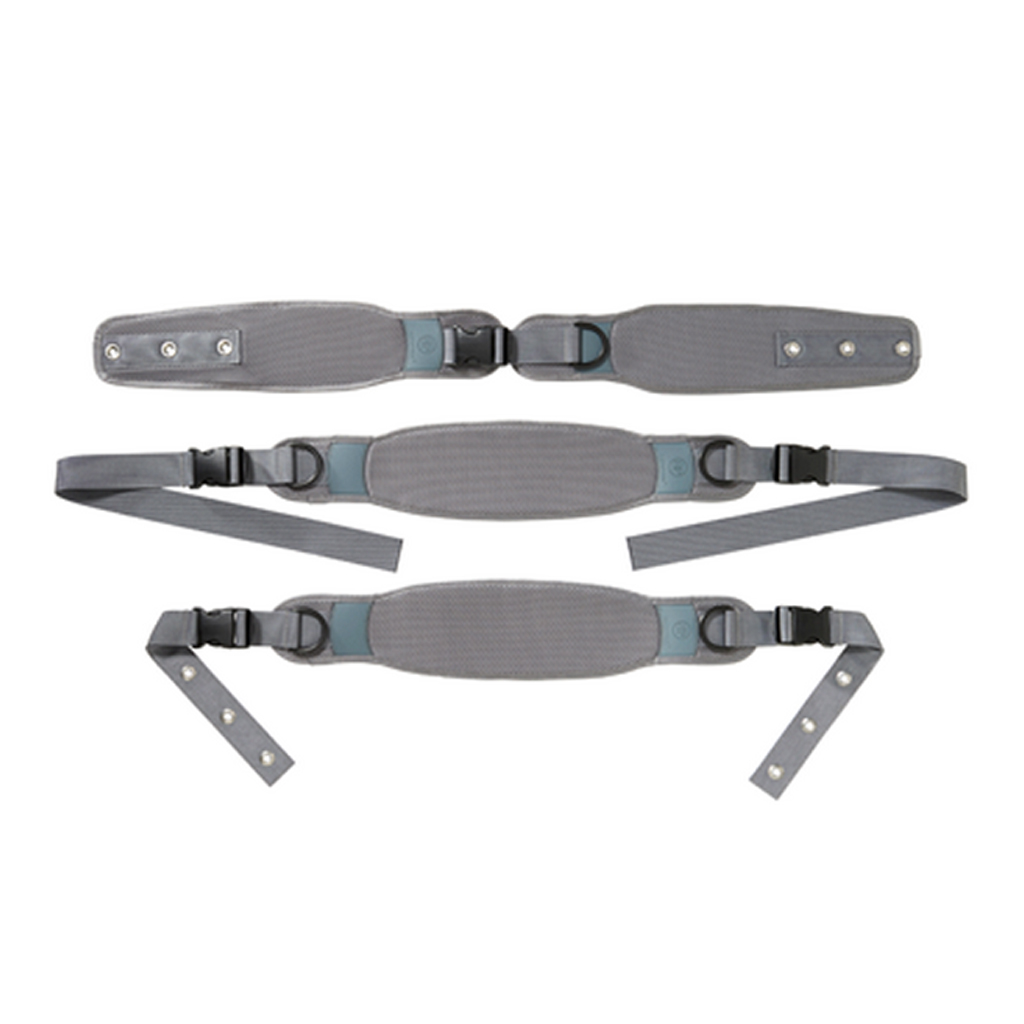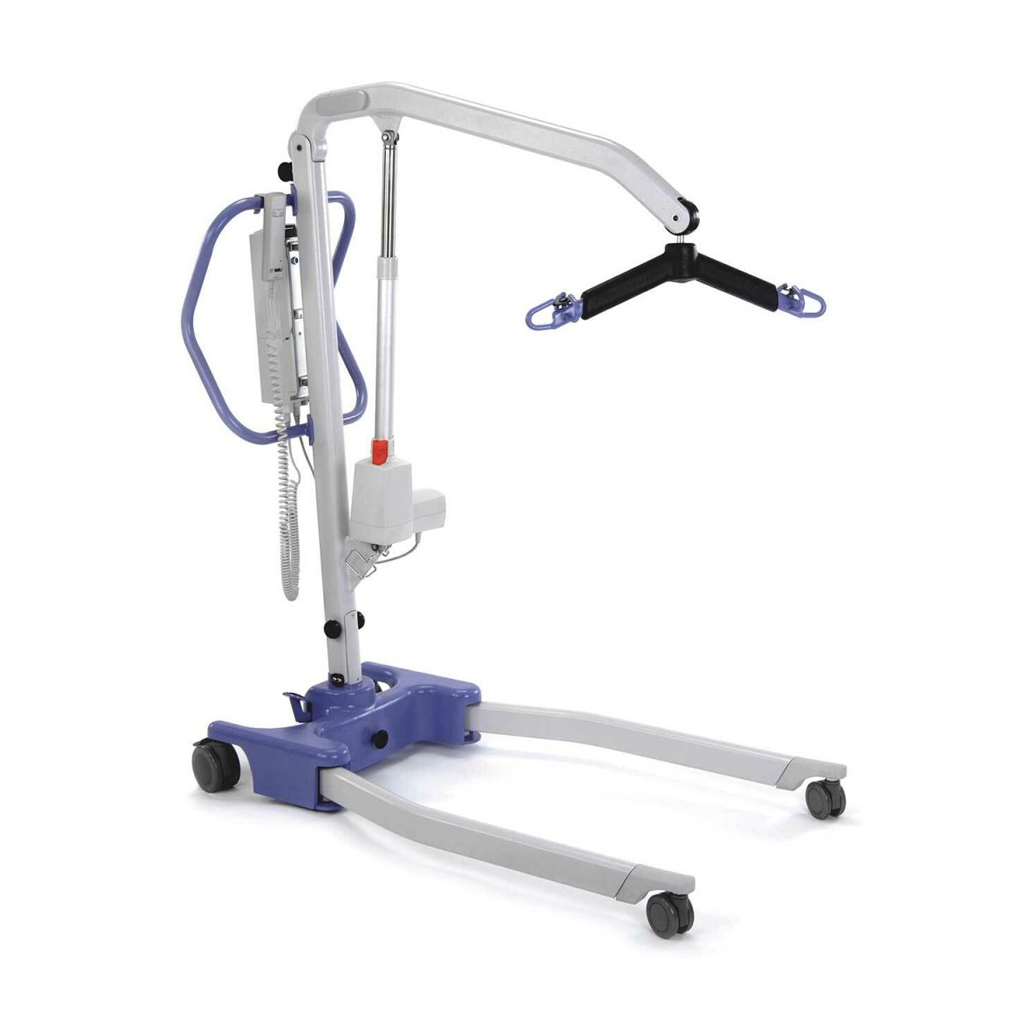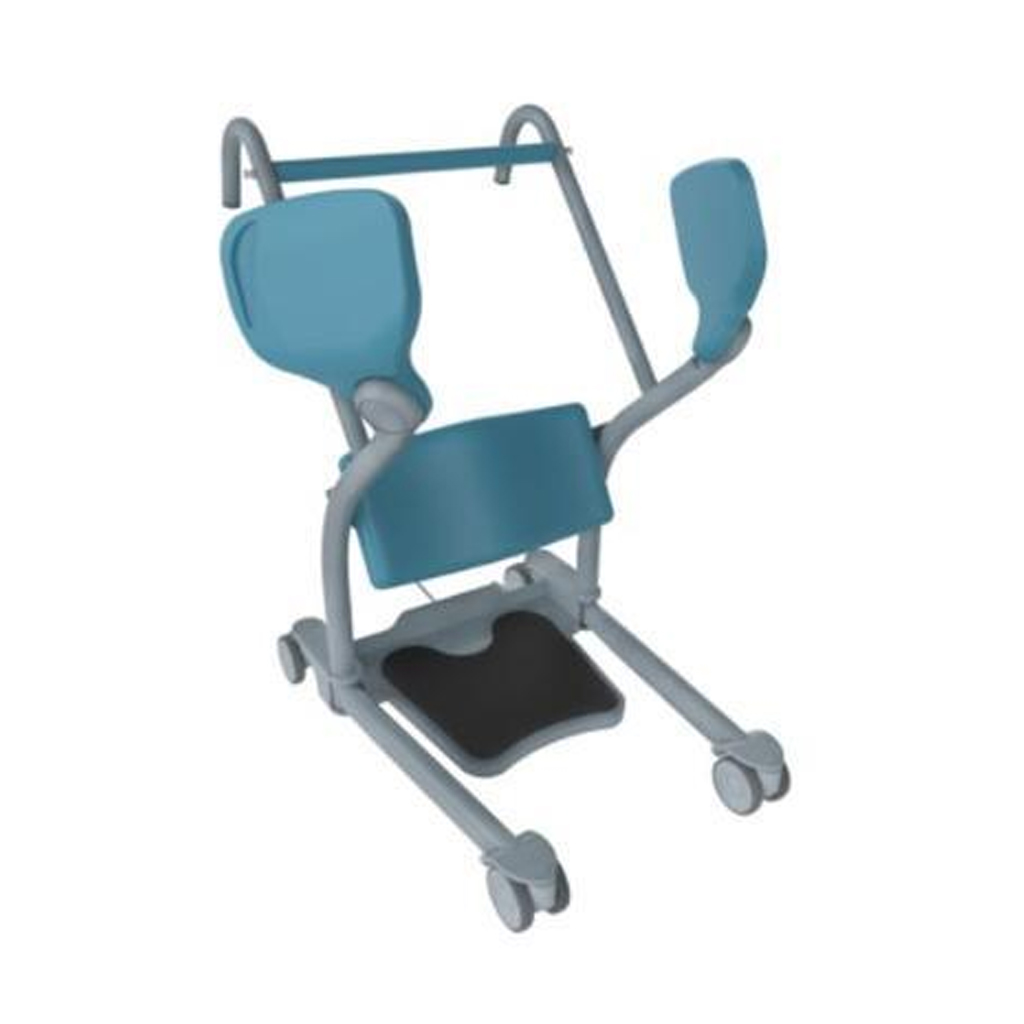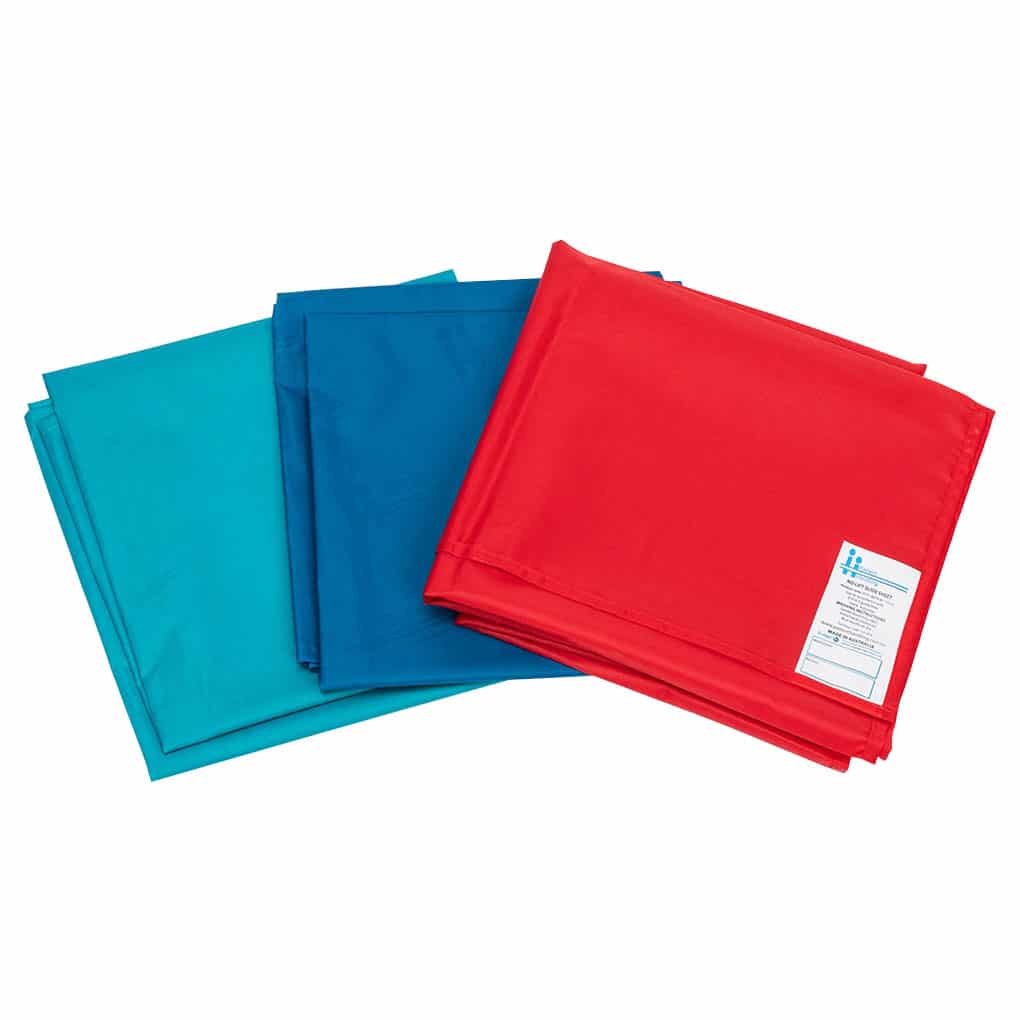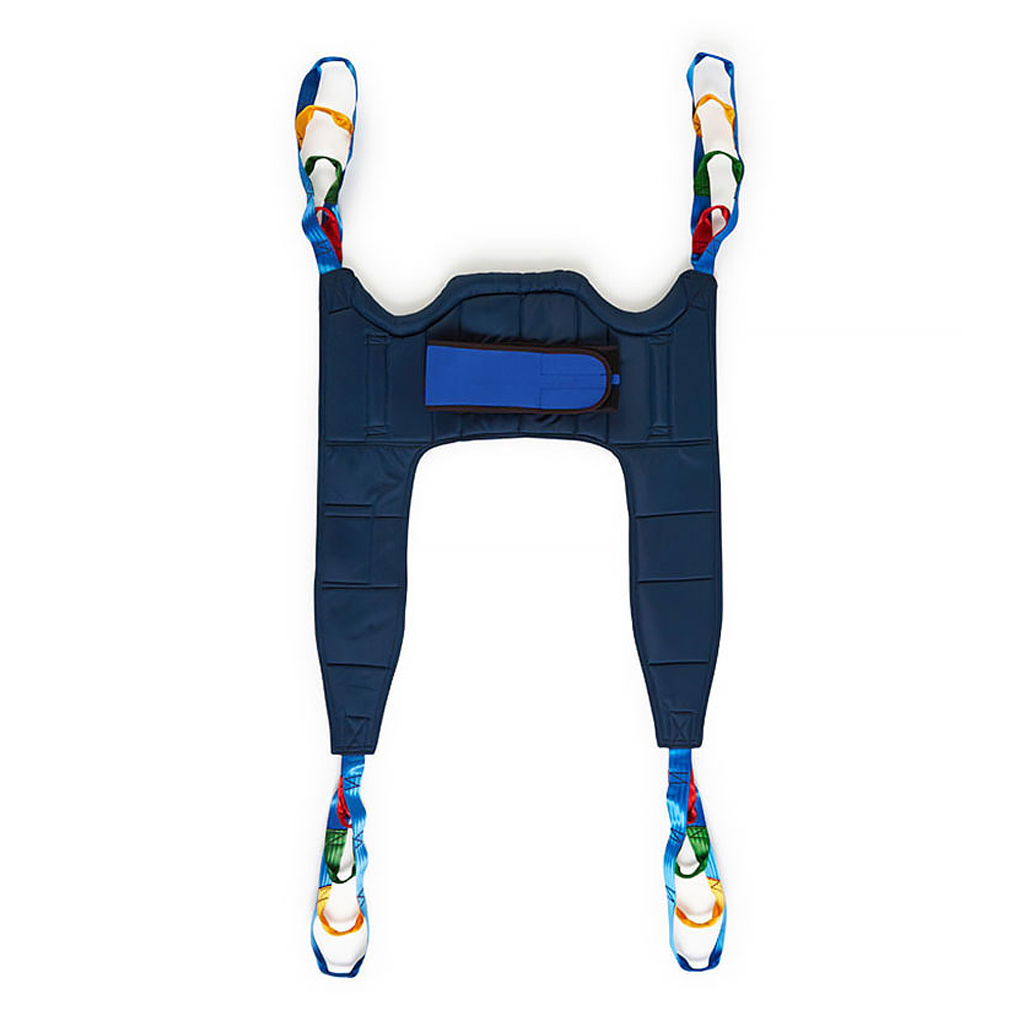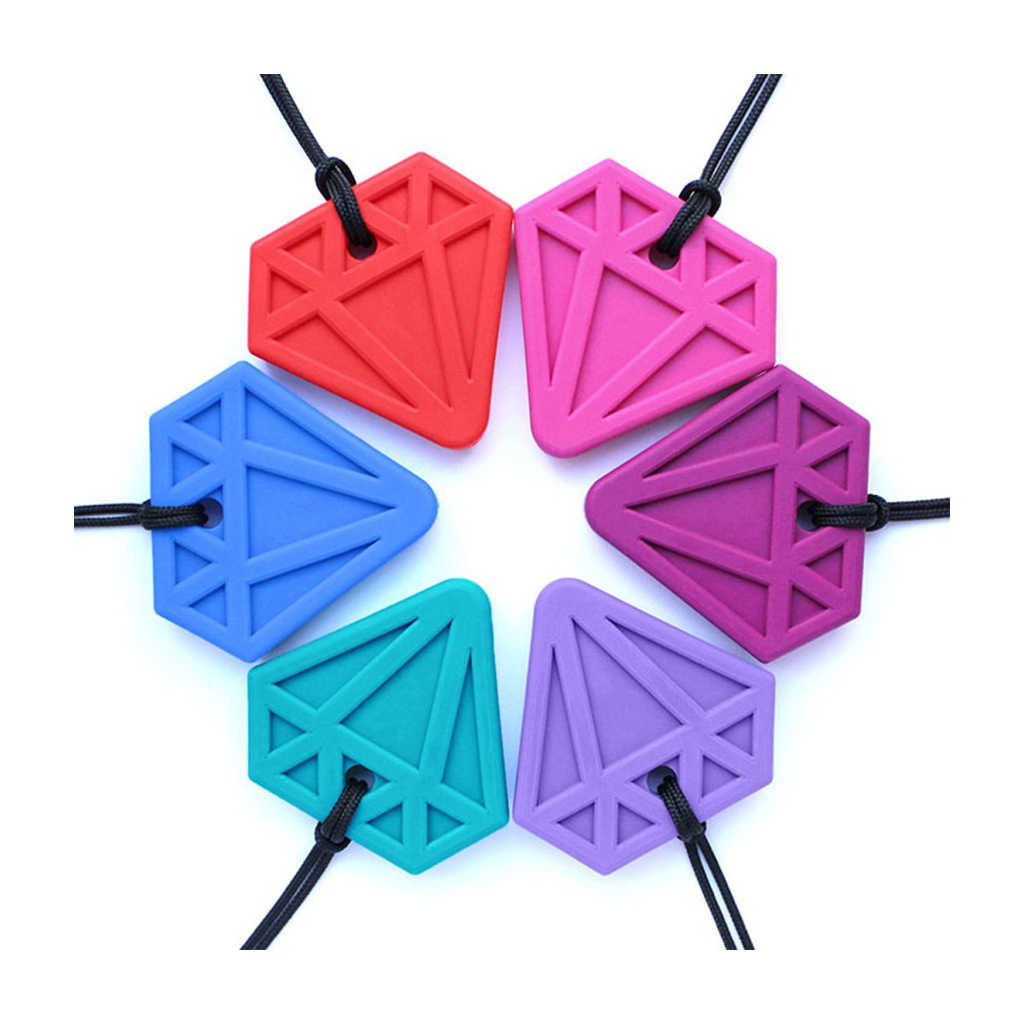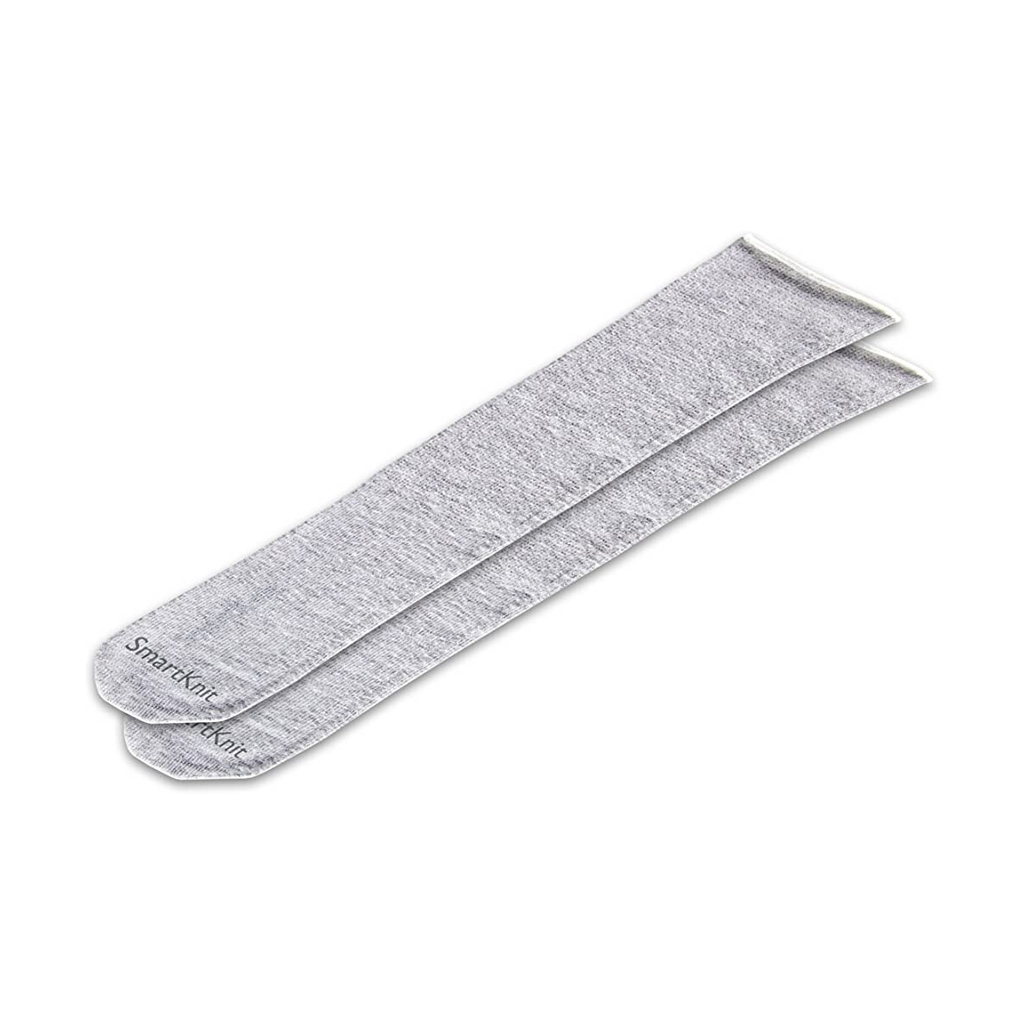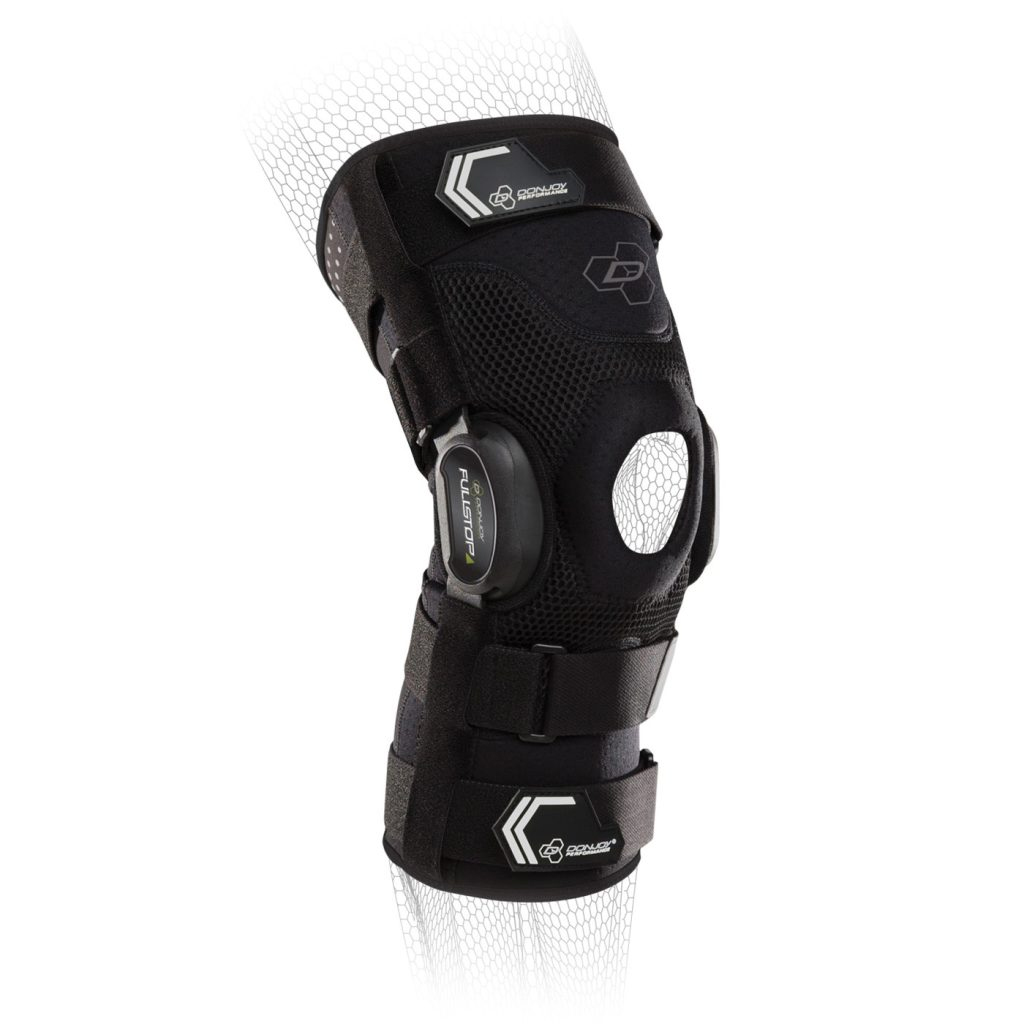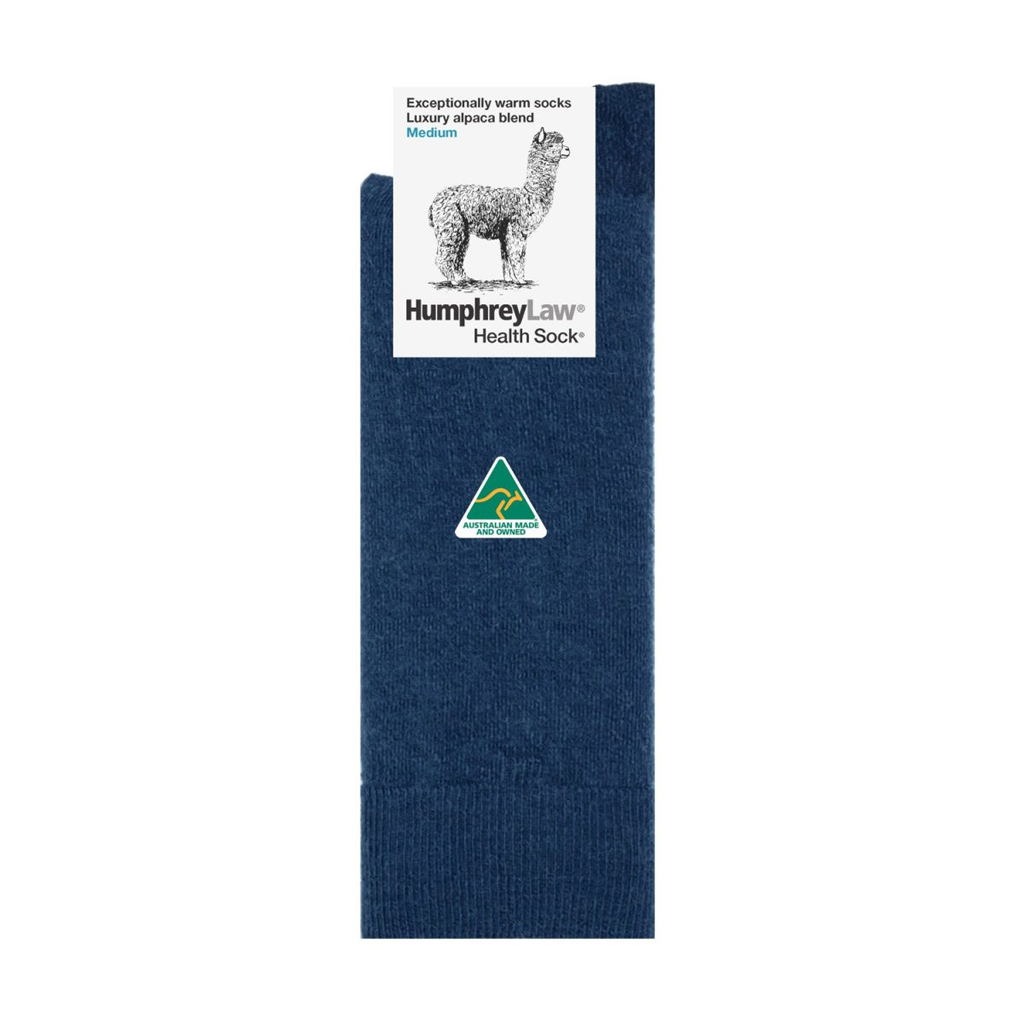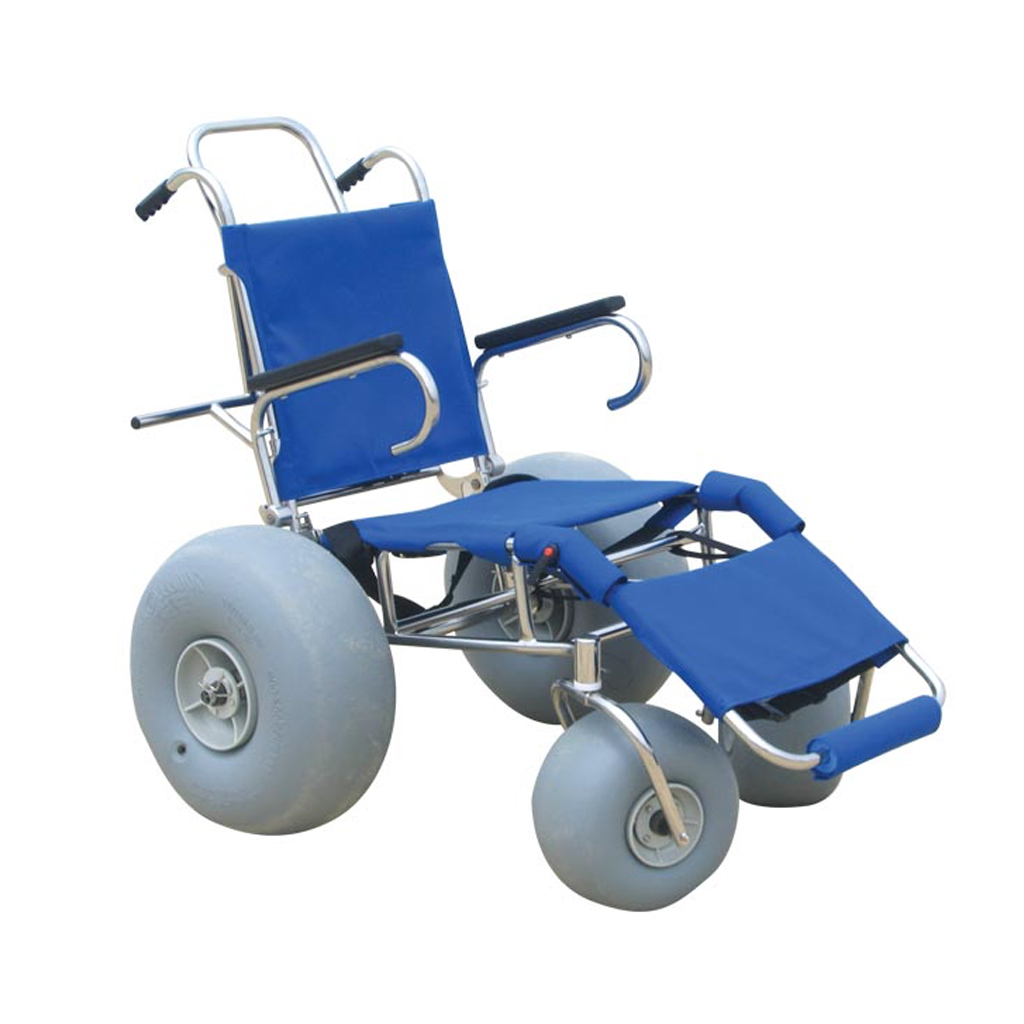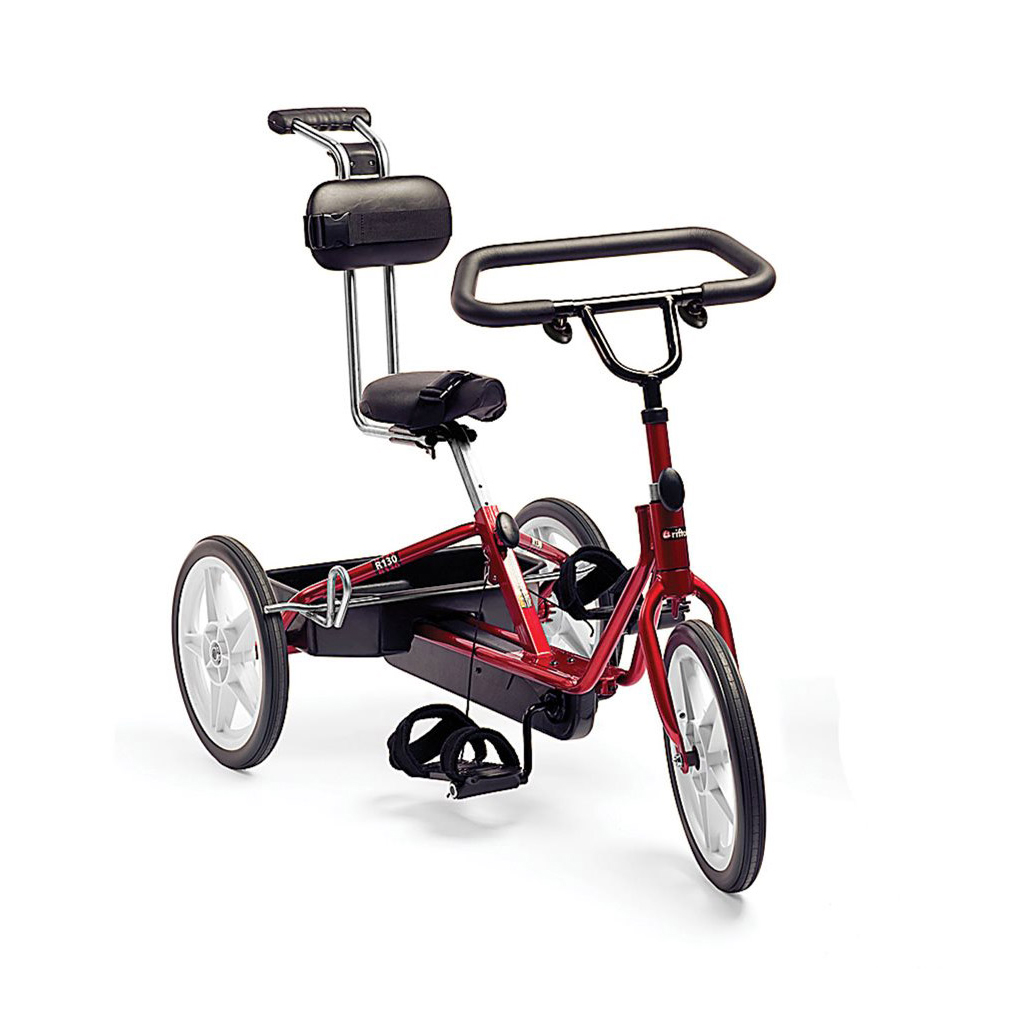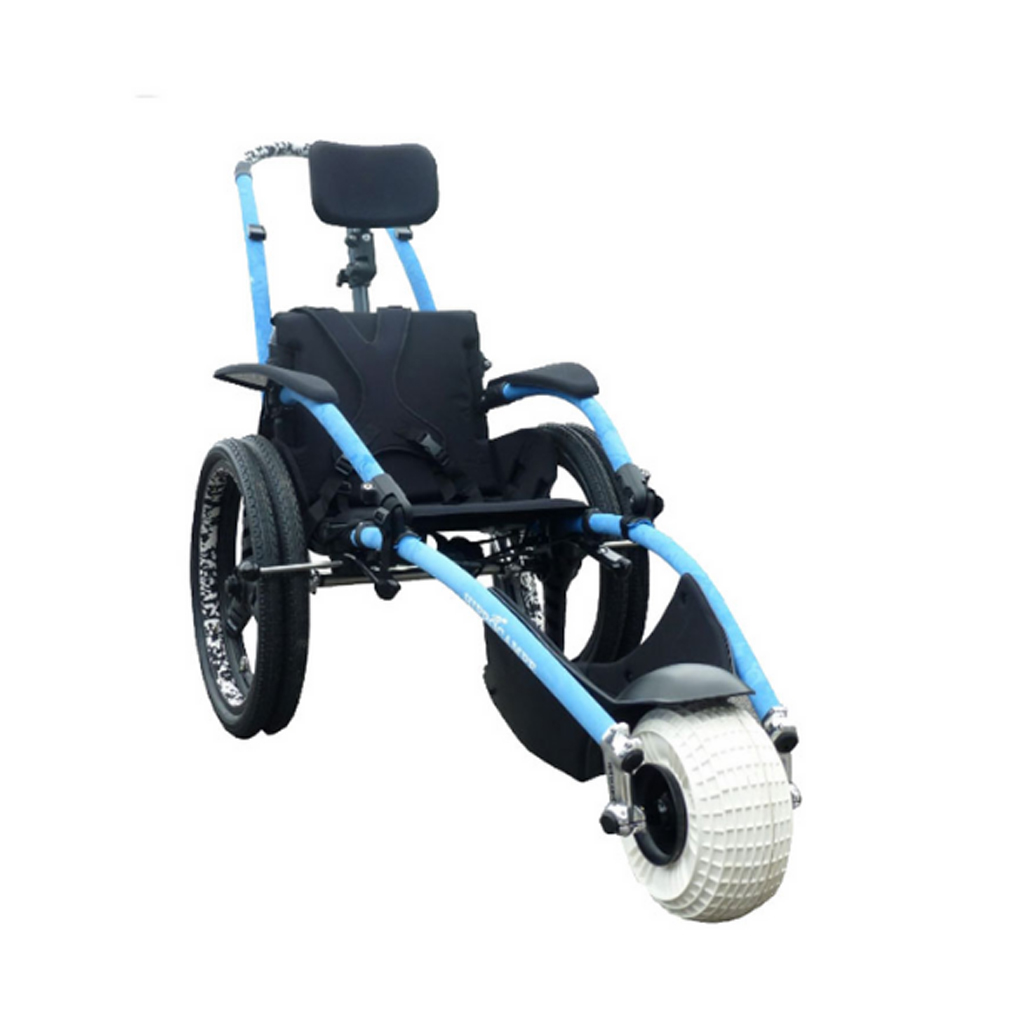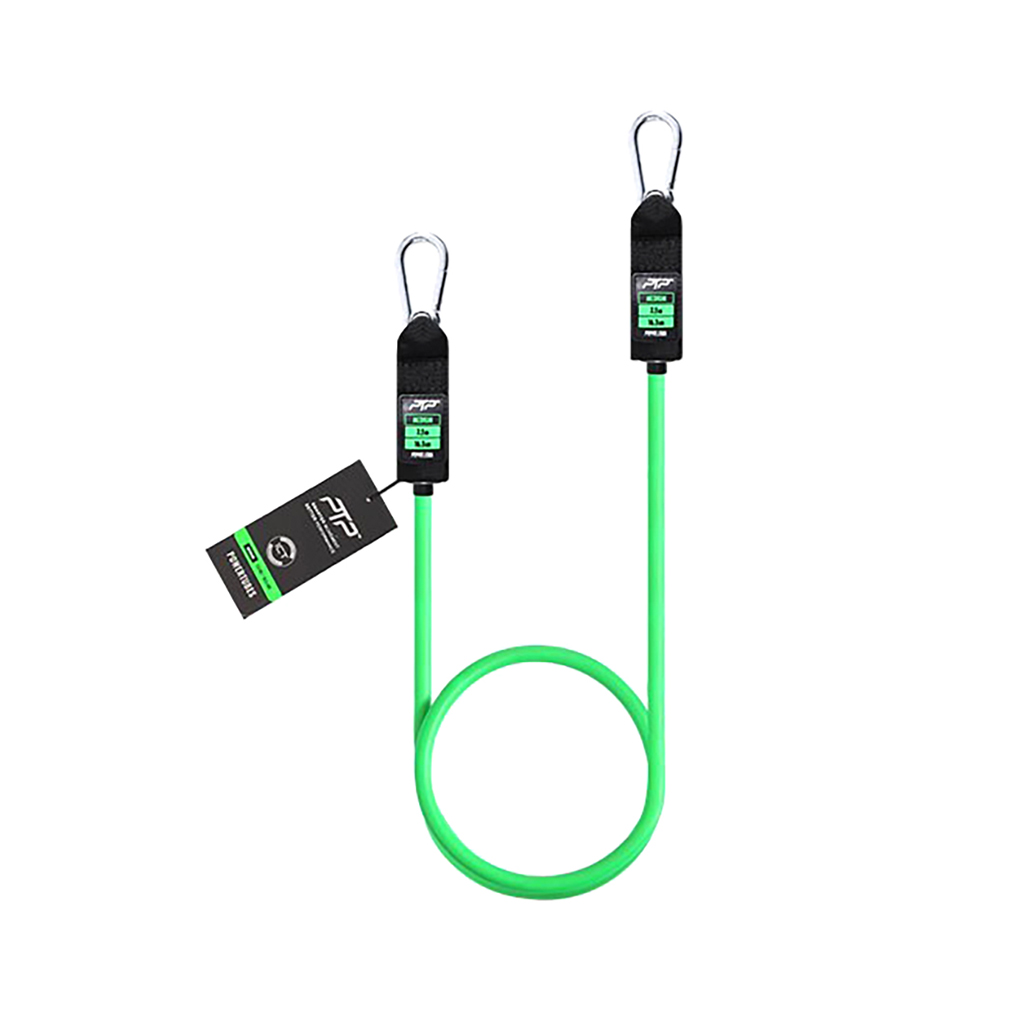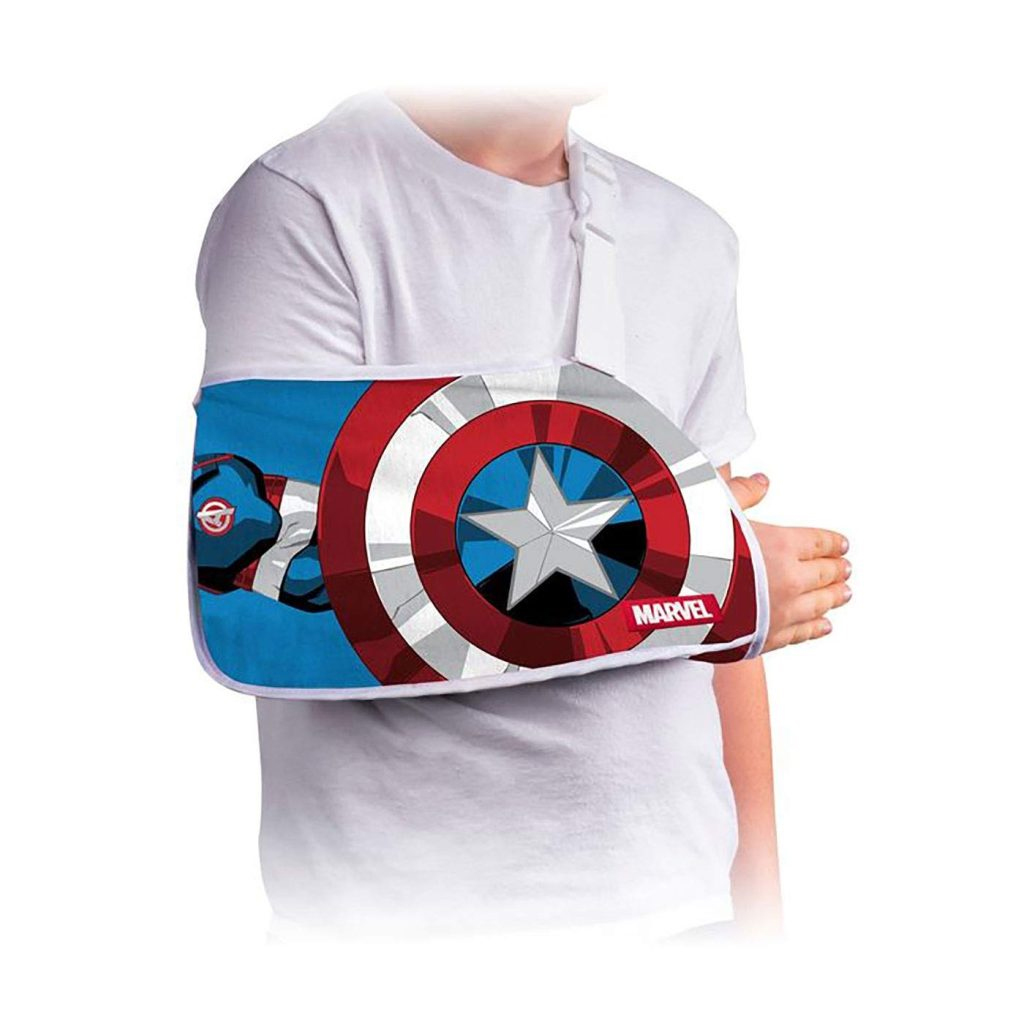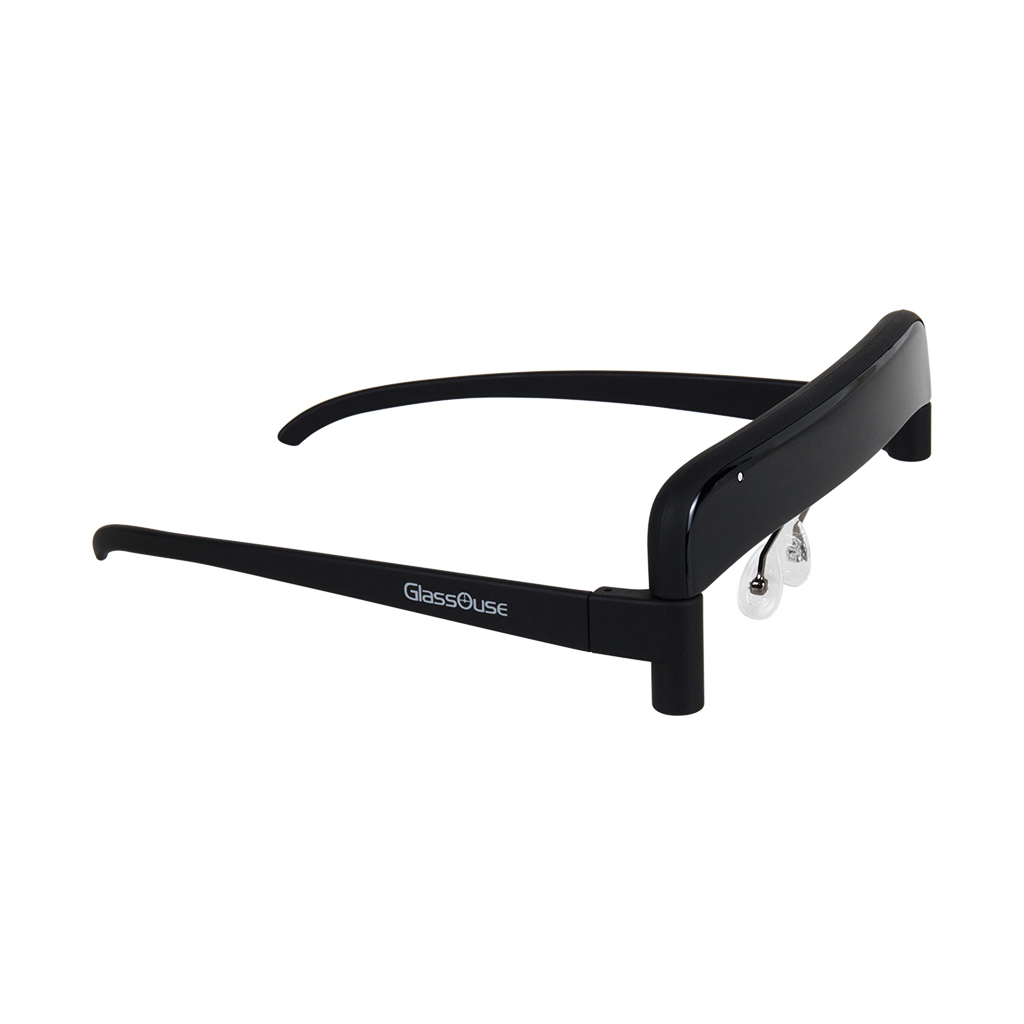PODD Communication Books
Pragmatic Organisation Dynamic Display (PODD) is normally a book or device that contains symbols and words to support communication between people with complex communication needs and their communication partners, whether that’s carers, family, friends or support workers.
PODD is an example of an assistive technology called augmentative and alternative communication (AAC) and was developed over the past 15 years by Gayle Porter, a speech pathologist with the Cerebral Palsy Education Centre in Victoria, Australia, designed for-all-the time use.
PODD could be considered for anyone who would benefit from using tools to support communicating with others, whether it’s understanding language or assistance with expressing it, and they can be personalised and adjusted to suit a person of any age. Novita clinicians can support you or your child in finding and making the best PODD for you, and offers workshops to users on using the PODD and PODD practice.
What is PODD?
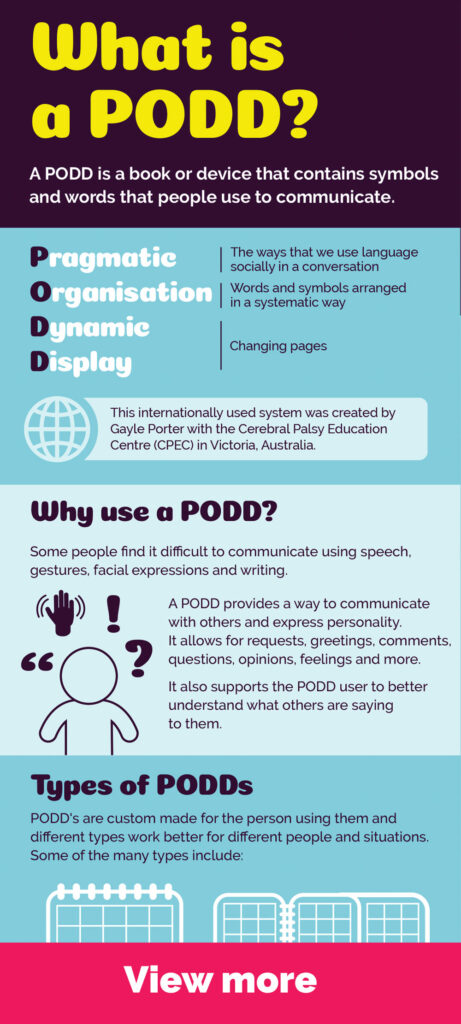
A PODD stands for:
- Pragmatic – the ways that we use language socially and with purpose
- Organisation – words and symbols arranged in a systematic way
- Dynamic Display – changing pages for a wide vocabulary and range of statements
PODD is a way of organising whole-word and symbol vocabulary in a communication book or speech generating device to support expression and understanding of language for people with complex communication needs.
The aim of a PODD is to provide vocabulary for use in multiple environments, with a range of messages, across a range of topics. It is designed to be a tool in someone’s ‘toolbox of communication methods’ that is useful all the time. Selection of words and symbols in the PODD can be made by pointing, looking or other combinations of methods.
Communication methods we use day-to-day include speech, gestures, pointing, facial expressions and writing, and we tend to choose whichever method is most effective for each situation. In the same way, a person with complex communication needs may use a number of different methods to communicate including a PODD, depending on what is most efficient method for them at the time.
There’s many different types of PODDs, so the one to use will depend on the communication needs of the individual. Everyone has different communication preferences and abilities. This is why PODDs can have different formats, depending on the individual physical, sensory and communication needs of the user.
During PODD’s development over 15 years, each PODD format was shaped by the experiences of both kids with complex communication needs and their communication partners, to express themselves with greater ease, and to provide immersion and modelling for vocabulary and language learning.
At NovitaTech, we have designed and manufactured our very own PODD Strap and PODD A4 Cover with Stand. These products allow hands free use of a PODD and helps you hold it at any angle so it is easy to see and use by both the PODD user and partner.
Why use a PODD?
For communication “all the time”
There are many different types of communication aids. Some focus on providing vocabulary for a specific activity or schedule. One of the important features of PODD is that it is an all the time strategy, to use across the huge range of different environments, messages, and topics we come across in life.
To access a larger vocabulary of words
Just as a person who uses speech can choose from thousands of words in their head when they talk, PODDs aim to give people access to a greater vocabulary of words. PODD can provide a way to better express someone’s personality through a wide range of communication types, including requests, greetings, comments, questions, opinions and more.
If we restrict a person’s vocabulary to a smaller number of words, how will we know for sure that the person is not capable of more? Research has found that “a child who uses speech will independently select the words she wishes to use from the vast array of words she hears/sees used every day”. Similarly “a child who uses AAC will independently select the words she wishes to use from the vocabulary other people have chosen to model and, for aided symbols, made available for her to use” (Porter & Kirkland, 1995, p. 93-94). This means “we can never really know what a person is capable of until we provide them with the opportunity to learn and show us” (Porter, 2009).
To develop use and understanding of language
A PODD can be used not only in supporting effective communication, but also as a learning tool to assist the user’s understanding of other people’s spoken language too. A communication partner will point to the symbols as they talk to the person with complex communication needs, which facilitates understanding of speech.
There is even potential for PODDs and other augmentative and alternative communication strategies to assist speech development by supporting user’s attempts to produce spoken words.
To choose messages that suit each situation
A PODD is designed to support each individual with their own varied communication needs as effectively as possible. This means a focus on communication that is specific and efficient, in as socially-valued a manner as possible in order to understand others and to be understood. It’s a method that promotes independence for the user.
Different messages, partners and situations place different requirements on communication. For example, some messages have an emphasis on efficiency, such as quickly telling someone that you “need the toilet”, or to “hurry up”. Other messages need to be more specific, such as selecting the words you want to tell a story or express your personality.
A PODD allows this flexibility by providing ‘quick chat’ words as well as extended vocabulary.
It’s also sometimes called a “smart partner operating system” because humans can observe and problem solve to assist communication in ways computers can’t (Porter, 2007).
How to use PODD
Use it all the time
Once you have your PODD, one of its primary aims for all those around the user is to use the PODD for communication all the time. This is a teaching strategy called “immersion”, essentially using the PODD method to communicate continually. The best way to use immersion for teaching language is to have access to lots of vocabulary. This allows other people to make the most of every opportunity to talk to the person with complex communication needs to use the symbols they are learning.
A number of studies have shown that immersion can assist language development for people with complex communication needs, increasing the person’s understanding and use of AAC strategies (Binger & Light, 2007; Bruno & Trembath, 2006; Cafiero, 2001; Drager et al, 2006; Harris & Reichle, 2004).
Always start on the first page
For all PODDs, the person is encouraged to start on the first page to indicate their message. Some messages will indicate a page number to turn to, leading the person to more words on that topic.
Unless the person with complex communication needs is able to independently direct which page they need via the “go to page number” links, the communication partner will usually turn the pages. This supports the user on just focusing on creating their message. How much assistance the communication partner provides will depend on every individual.
Bring it everywhere!
It is important to establish the habit to carry and have the PODD readily available everywhere the user goes, at all times. If it is not practical for them to have their PODD with them (e.g. while swimming), make sure that they have other effective methods available to them instead.
Remember everyone is different
As with other communication tools, there is no set recipe for how to use a PODD with everyone. The most important factor in successful PODD use is support from the person’s communication partners and making sure the goal is about genuine communication.
Using a PODD is not hard to do, it’s just a different approach to communicating with other people and does rely on people using the PODD system correctly, but in their own individual way.
How do I choose a PODD?
Find a provider
Start by contacting NovitaTech on 1300 668 482 or email [email protected] for a consultation. Our speech pathologists and technicians have extensive training and experience in the use of PODDs and can work with you and your child on finding and personalising the right PODD for you from all the different types.
People with complex communication need to have access to a range of communication strategies to suit the different situations they will encounter, and people they will communicate with. Working out which communication strategies will suit a person’s individual needs is an ongoing process, and NovitaTech therapists can support with ongoing training and practice as long as you need.
Trial a PODD
As part of ongoing assessment, it is important to find out what the person with complex communication needs can already do independently, as well as what they can do with support from a skilled partner. Some of the factors to consider when choosing a PODD to trial include:
- Current communication:
- how they respond to other people’s communication
- how they communicate, ie range of message types used, different communication partners, different environments.
- what may support or limit their communication right now
- Physical access methods, including fine motor skills
- Mobility (e.g. if a person is able to move around, do they need a more portable option?)
- Sensory processing challenges
- Functional vision and hearing
This information might be gathered by working with the person with complex communication needs, their family, teacher, support workers, professionals such as an occupational therapist or physiotherapist, and other communication partners.
Usually one or more PODDs are tested for enough time to work out any adjustments required, such as adding extra vocabulary or changing features to suit the individual. A customised copy can then be created. This may take some time to complete, as each page usually needs to be cut out and laminated individually.
Get trained up
To learn the basics about how to start using a PODD straight away, come to NovitaTech’s How to Use a PODD workshop held regularly. We also offer regular PODD Practice workshop to offer extra and ongoing support to users of PODD.
To learn how to assess, trial and customise a PODD yourself, you can attend longer PODD training workshops aimed at disability workers and providers through the Cerebral Palsy Education Centre. Email them at [email protected] or visit the Cerebral Palsy Education Centre
Try the CD Resource
PODD ‘Direct access templates CD’ is software that also contains a range of supports to assist in selection and customisation of PODD communication books, including a printable reference book as well as detailed information files for each PODD template.
Making PODDs work for you



Direct access PODD communication books
A PODD may differ in the way it looks and is organised, depending on a person’s individual communication requirements, as well as their sensory and their physical abilities.
Direct access PODDs are designed for the user to point directly to the symbols using their hand, a finger or a tool. They come in three main forms, where symbols and words can be shown on either one page or two pages at a time, or on two pages with page categories always visible on an additional fold-out side panel.
Alternative access PODD communication books
If a person is unable to point directly to symbols with their hand, different modifications to PODD features can be trialed on alternative access PODDs to best meets the users sensory needs and physical abilities.
For example, for kids or adults with visual impairment it could be beneficial to use symbols that are less visually complex, or perhaps presenting sound and visual information separately is useful for people who have difficulty coordinating looking and listening at the same time.
Electronic PODDs
It is possible to apply the format for PODDs to organise vocabulary on a speech generating device, allowing messages to be spoken aloud. The electronic PODD system is available on iPad and for Windows based communication devices, and can use touch or eyegaze technology.
A user might choose to use both a communication book and a speech generating device for communication using PODD, as both have advantages in different situations.



Eyegaze
In this way, the person living with disability indicates the symbol they want using eye pointing. They look at their chosen symbol and their communication partner watches and interprets. The PODD has a hole in the middle (and a mirror for side-by-side sitting) so partners can see each other’s faces clearly, which is the key to success using this method.
Partner assisted scanning
This method involves the communication partner pointing to or reading out the choices on each PODD page. The person with complex communication needs then indicates when they see or hear the message they want
Combination access
Combines different access methods to suit the individual, such as direct access by pointing or touching, and partner-assisted scanning of the PODD reading out choices on the PODD.
Group PODD communication books
PODD Communication books can be designed differently for specific use in a class or group setting, depending on the needs of the group.
Coded access
This is another eyegaze method, expect the PODD is arranged differently. Each column and row on a page is given a reference, such as a colour or number. The user will indicate their message by looking at the colour, then the number that matches the word they want.
Pick up and give or show
This PODD book has pull-off symbols and cards for users who benefit by having a concrete symbol to remove and pass to their partner, or by creating sentences on a strip. PODDs with pull-offs can quickly become bulky, therefore only key words are usually made removable. If direct pointing can be taught, this is encouraged as soon as possible and will assist with wider vocabulary. It can be useful for both kids and adults who are easily visually distracted.
How to create a PODD
PODD books are made by hand. Each PODD can be customised to suit the needs of the person who will use it.
You can have a PODD book made through Novita Children’s Services. It is strongly recommended that a qualified speech pathologist is involved in selecting the appropriate PODD for you or your child.
Novita has therapists available who can support you in finding which PODD or other AAC tools will suit the unique needs of the user. If you would like a quote or assessment for a PODD, please speak to someone in our friendly team on 1300 668 482 or visit our Contact Us page for more ways to get in touch.
You can buy a resource CD with all the templates and instructions for how to make a ‘direct access’ PODD book. The CD is called Pragmatic Organisation Dynamic Display (PODD) communication books: Direct access templates CD. You can buy it from Cerebral Palsy Education Centre or from Spectronics.
The CD has instructions to support you in choosing and customising PODD communication books, including a printable reference book and detailed information files for each PODD template. It is very important to read the information and construction files that come with this resource if you are going to make your own PODD. A US Letter paper version is available on CD through Mayer Johnson.
To make a PODD book yourself, you will need access to these things:
- PODD resource CD
- Boardmaker™ software is needed to print each PODD page from the CD
- Colour printer
- Standard or weatherproof paper
- Laminator and laminating pockets
- Scissors
- Binder and binding coils
More information
Interested in learning more about PODDs?
- For enquiries or support relating for current Novita kids and Novita adults, please contact your Novita speech pathologist or other team member.
- If you are currently not accessing any Novita services, you can book a consultation with a therapist to discuss your PODD needs, or simply for more information, call NovitaTech on 1300 668 482, or email [email protected]
- For all other Australia-based enquiries, please contact the Cerebral Palsy Education Centre (CPEC) [email protected] or your speech pathologist.
- Consider attending a PODD workshop.
- For information on Novita’s user workshops visit www.novita.org.au/training/podd-practice-workshop
- For information on other Australian workshops contact [email protected].
- For upcoming workshops in the United States visit www.lburkhart.com.
- The Pragmatic Organisation Dynamic Display (PODD) Communication Books: Direct Access Templates Resource and The Pragmatic Organisation Dynamic Display (PODD) Communication Books: Alternative Access Templates Resource contain valuable resources for learning more about PODDs. Please contact CPEC [email protected] for further information.
Books and journals referred to on this page
- Binger, C. & Light, J. (2007) The effect of aided AAC modeling on the expression of multi-symbol messages by preschoolers who use AAC. Augmentative and Alternative Communication, 23, (1) 30 – 43.
- Bruno, J. & Trembath, D. (2006) Use of aided language stimulation to improve syntactic performance during a weeklong intervention program. Augmentative and Alternative Communication, 22(4).
- Cafiero, J. (2001) The Effect of an Augmentative Communication Intervention on the Communication, Behavior, and Academic Program of an Adolescent with Autism. Focus on Autism and Other Developmental Disabilities, Vol. 16, No. 3, 179-189.
- Drager, K, Postal, V, Carrolus, L, Gagliano, C & Glynn, J. (2006) The Effect of Aided Language Modeling on Symbol Comprehension and Production in 2 Preschoolers With Autism. American Journal of Speech-Language Pathology, 15; 112-125.
- Harris, M. & Reichle, J. (2004) The Impact of Aided Language Stimulation on Symbol Comprehension and Production in Children With Moderate Cognitive Disabilities. American Journal of Speech-Language Pathology Vol.13 155-167.
- Porter, G. (2007) Pragmatic Organisation Dynamic Display (PODD) communication books: Direct access templates. Melbourne: Cerebral Palsy Education Centre.

